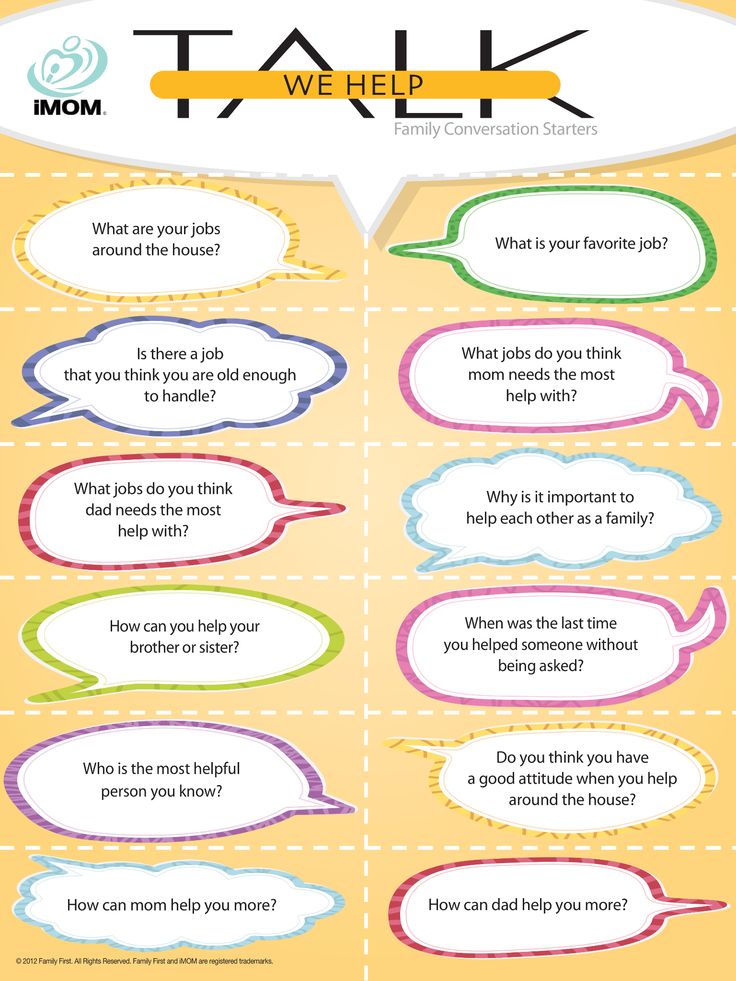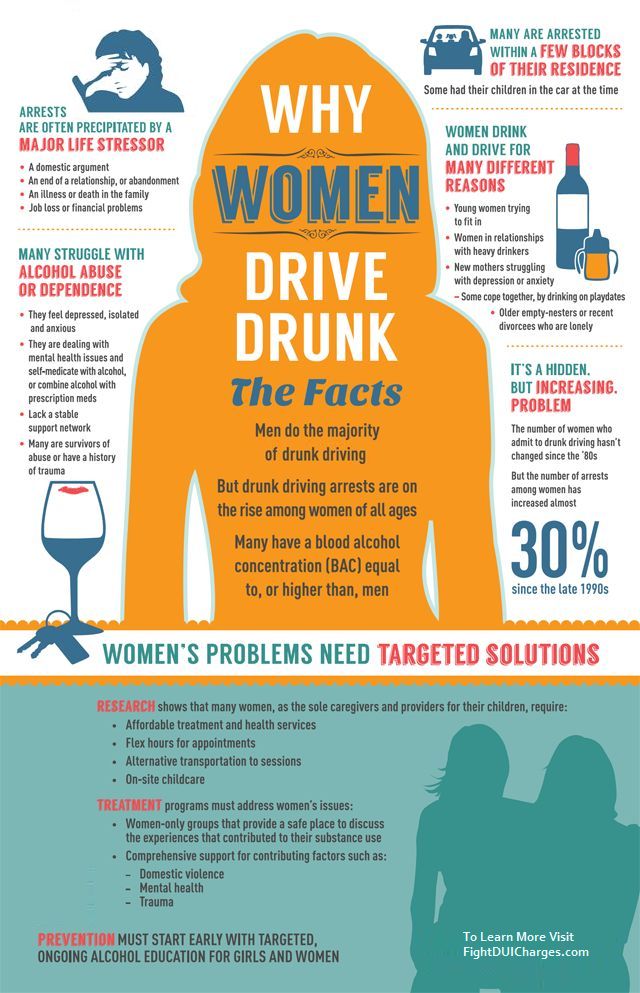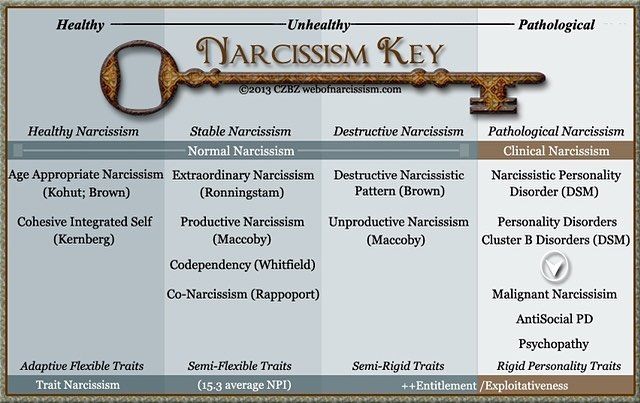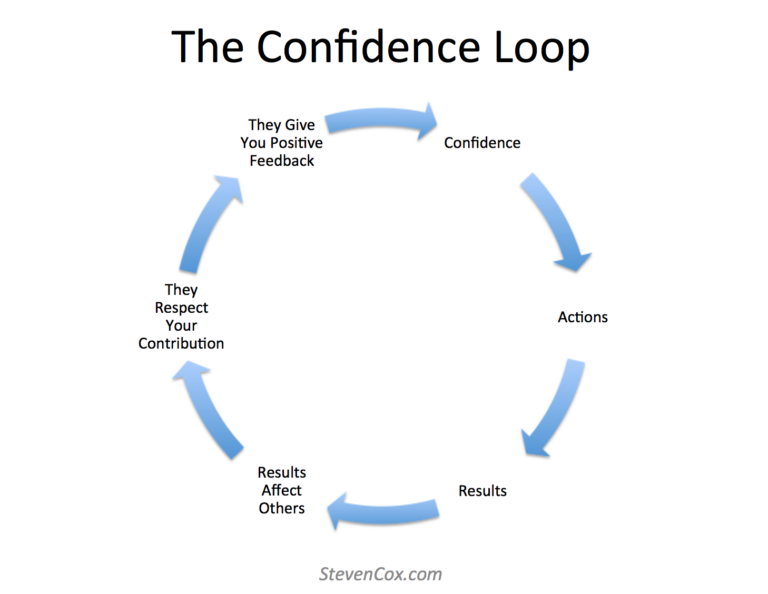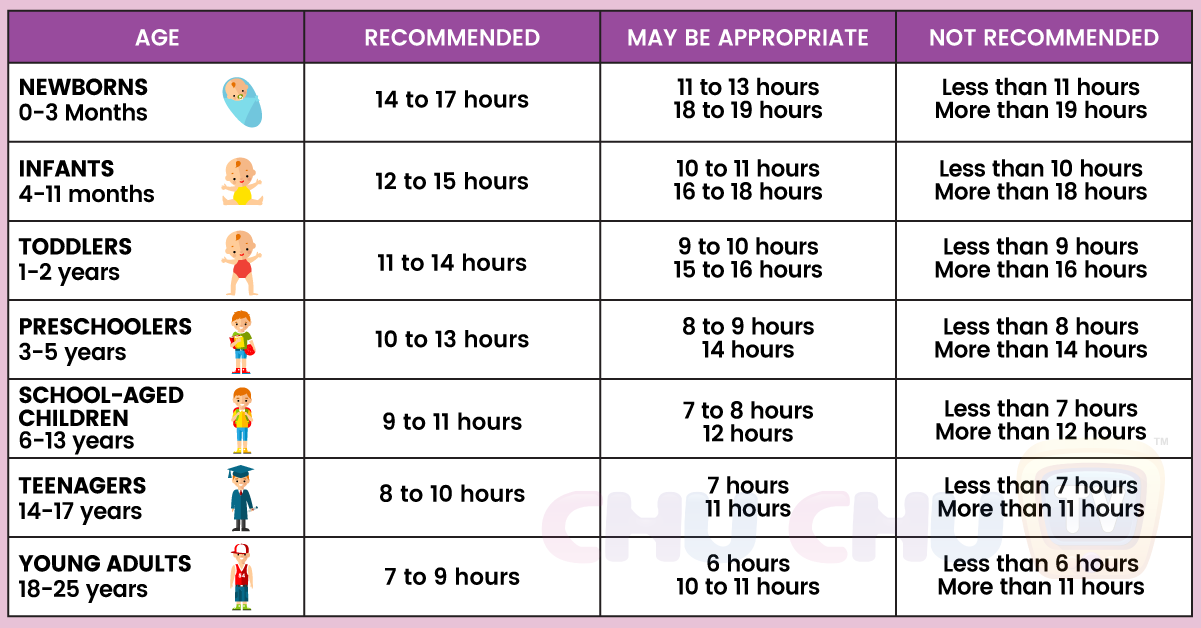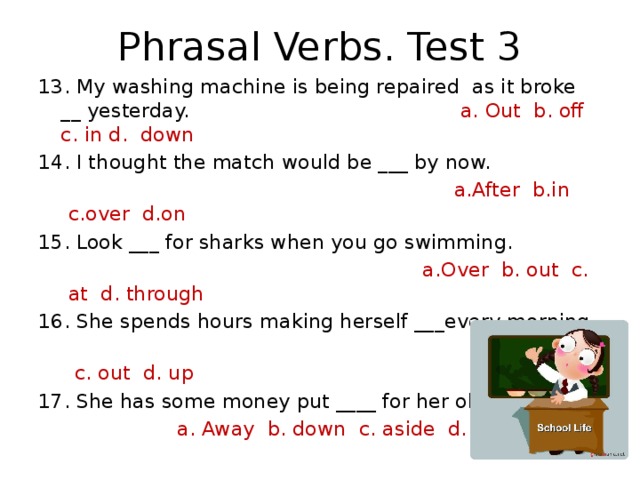Fun personality games
12 fun personality tests to get to know your colleagues
List of top fun personality tests
- Myers Briggs Personality Test (MBTI)
- Enneagram Tests
- DISC
- Berkeley Emotional Intelligence Quiz
- Caliper Profile
- The High 5 Test
- 16 personality
- HEXACO
- John’s Personality Test
- SHL Occupational Personality Questionnaire
- Eysenck Personality Inventory
- Emotional Intelligence Test
Personality tests are a great way for employers to gain insights about their employees — their way of thinking, traits, skills, motivation, and preferences.
Employers use them in the pre-employment stage, as well as job candidates themselves, to figure out the best job for them and their career paths.
A personality test is also an excellent opportunity for team building and in improving employee engagement and motivation.
These fun personality tests have become a practice in the working environment for the past decade. In fact, 80% of Fortune 500 and 89% of Fortune 100 companies have used the Myers-Briggs Type Indicator (MBTI).
That being said, due to numerous personality tests available, choosing the right tests for teams is quite a challenge.
This article will discuss personality tests are, their role in the workplace, including the list of best fun personality tests that employers can use in teams.
List of top fun personality testsWhat is a personality test?
Personality tests are the assessment that determines the personality or traits of a person. More specifically, it shows a person’s psychological preferences, character, temperament, and beliefs.
Besides the workplace, these tests are also used in various settings. Mental health professionals make use of personality tests for diagnoses.
In most working environments, these fun personality tests play a significant role in the success of the day-to-day operations of a particular organization.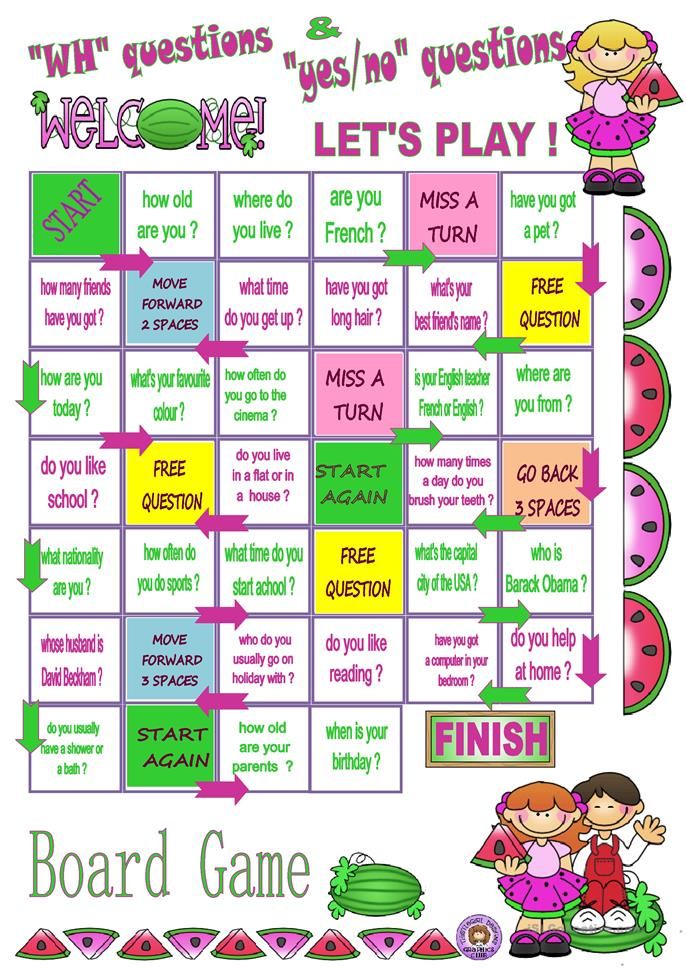
Employers use these assessments for screening candidates that fit their company, team building, and in optimizing employees management approaches.
What is a personality test?What do personality tests tell you?
Simply put, personality tests make individuals aware of their thinking process. The results give insights into peoples’ behaviors, skills, attitudes, values, and preferences.
Not all personality tests are 100% accurate since they involve many factors. All in all, personality tests are guides to knowing a person’s strengths, weaknesses and communication style that help build connections with people — especially with colleagues.
Top 12 fun personality tests
1. Myers Briggs Personality Test (MBTI)
Myers Briggs Personality Test (MBTI) was developed by Isabel Briggs Myers and her mother, Katharine Briggs.
It is a type of personality test that gives descriptions of one’s personal tendencies as they relate to the acronym. This acronym shows psychological preferences based on the four categories;
- Extraversion (E) vs Introversion (I)
- Sensing (S) vs Intuition (N)
- Thinking (T) vs Feeling (F)
- Judging (J) vs Perceiving (P)
The result resembles a code with four letters;
- ISTJ – Inspector
- ISTP – Crafter
- ISFJ – Protector
- ISFP – Artist
- INFJ – Advocate
- INFP – Mediator
- INTJ – Architect
- INTP – Thinker
- ESTP – Persuader
- ESTJ – Director
- ESFP – Performer
- ESFJ – Caregiver
- ENFP – Champion
- ENFJ – Giver
- ENTP – Debater
- ENTJ – Commander
MBTI is quite similar to the 16 Personalities test or the Jung Typology test.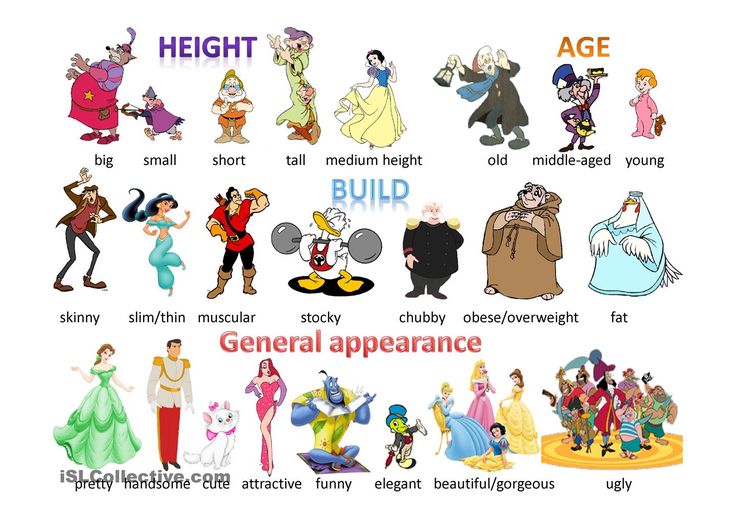 With 93 questions in all, the results can highlight which employees collaborate most effectively and who are fit for the company’s culture.
With 93 questions in all, the results can highlight which employees collaborate most effectively and who are fit for the company’s culture.
2. Enneagram Tests
Enneagram Test is a personality test that tells human-specific traits based on the nine major personality types:
- Type 1: The Reformer/Perfectionist
- Type 2: The Helper/Giver
- Type 3: The Achiever/Performer
- Type 4: The Individualist/Romantic
- Type 5: The Investigator/Observer
- Type 6: The Loyalist/Loya Skeptic
- Type 7: The Enthusiast/Epicure
- Type 8: The Challenger/Protector
- Type 9: The Peacemaker/Mediator
These nine personality types are so-called “wings”. For instance, if someone’s personality profile suggests that they may be predominantly a type 3 (Achiever), they may share some qualities commonly found in type 4 (Individualist) and/or even 5 (Investigator).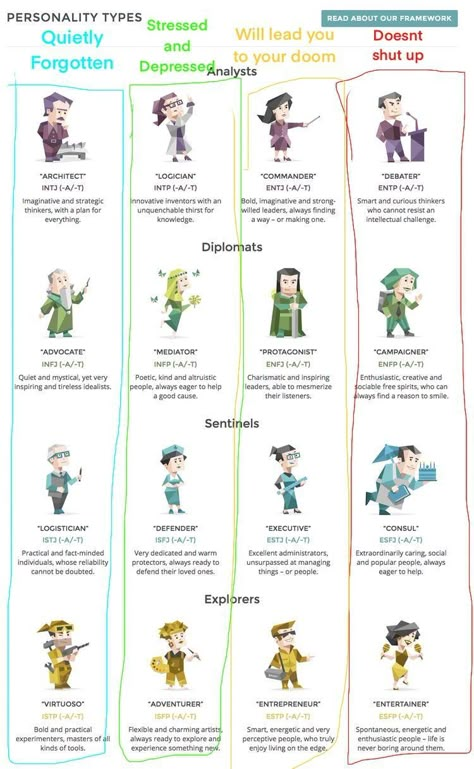
3. DISC
DISC is a 28-question assessment with four categories —dominance, influence, steadiness, and conscientiousness.
Its questions are based on social situations, asking respondents to rate whether the statement is accurate or choosing the word that most represents them.
DISC can highlight an individual’s interpersonal style, and it can help companies with their conflict management and improving communication.
4. Berkeley Emotional Intelligence Quiz
It was designed by The Greater Good Science Center at the University of California, Berkeley. This test is more like a visual assessment that can be used in workplace environments.
Instead of lengthy questions, Berkeley Emotional Intelligence Quiz presents respondents with photographs and asks them to choose from four possible emotions.
For instance, through this test, employers will understand a team’s body language and expressions, especially in meetings.
Berkeley Emotional Intelligence Quiz5.
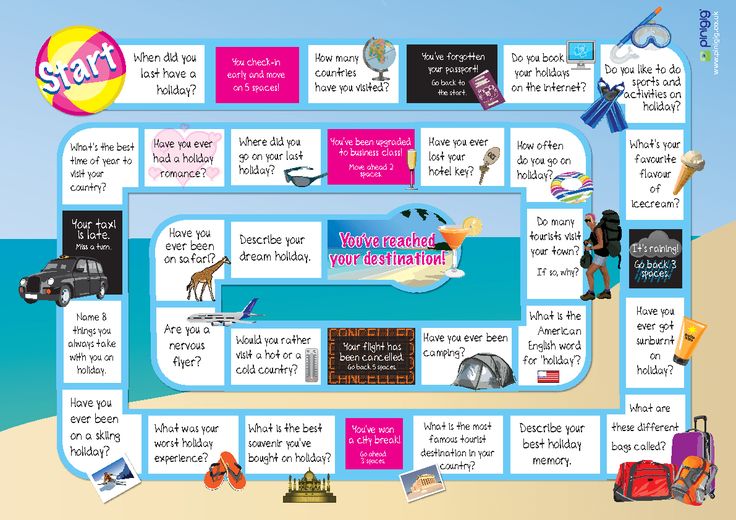 Caliper Profile
Caliper ProfileCaliper Profile is developed by an Australian-based company that has worked with over 30,000 businesses worldwide. It gives insights into a person’s potentially positive as well as negative qualities.
It is a 180 multiple choice question that measures a person’s compatibility for specific roles. It presents questions that ask respondents that align with their views.
This type of personality test is used by a lot of organizations for candidate screenings and for employee promotion.
6. High 5 Test
The High 5 Test is a strength assessment that determines a person’s top five dominant traits through 100 prompts.
Respondents will rate each statement applied on a scale from 0% to 100% in terms of strongly agree to strongly disagree.
This is one of the fun personality tests that companies often use for team building, coaching, leadership, and personal development.
7. 16 personality
16 Personality Factor Questionnaire is often referred to as 16PF.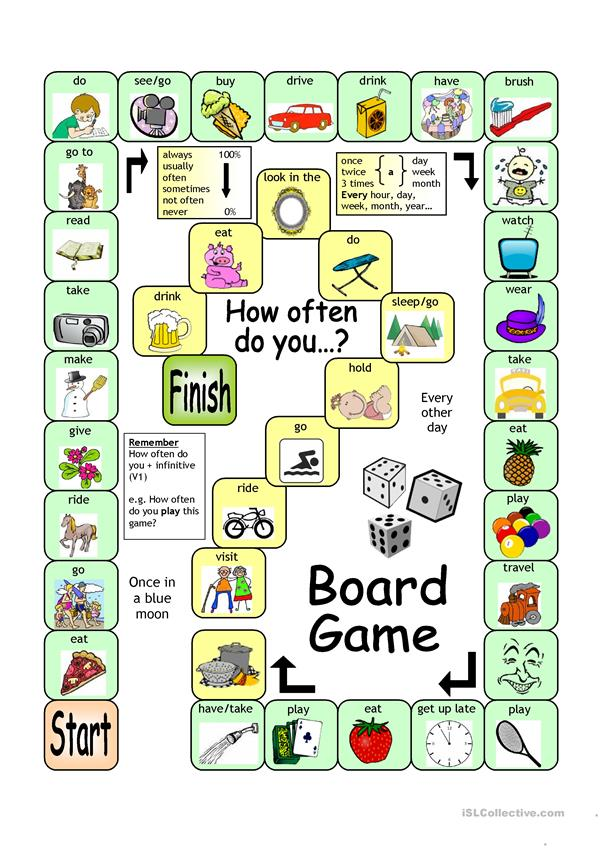 It is a type of test that measures a person’s emotional stability, sensitivity, dominance, self-reliance, rule-consciousness, perfectionism, and openness.
It is a type of test that measures a person’s emotional stability, sensitivity, dominance, self-reliance, rule-consciousness, perfectionism, and openness.
This test helps organizations to determine employee behaviors, including their progress and career development. The respondents answer the extent to which statement they agree or disagree with.
8. HEXACO
HEXACO is a personality test that assesses various dimensions of one’s personality and how one will apply these theoretical interpretations to different situations.
The model measures key dimensions, including honesty/humility, emotionality, extraversion, agreeableness, conscientiousness, and openness to experience.
The assessment is comprised of 200 questions (full-length assessment), 100 questions (half-length assessment) or 60 questions (HEXACO 60).
9. John’s Personality Test
John’s Personality Test is an assessment with results based on Myers-Briggs Indicator. It is comprised of 25 questions, and it only considers five personality types such as ISFJ, ISTJ, ISFP, ESFJ, and INFJ.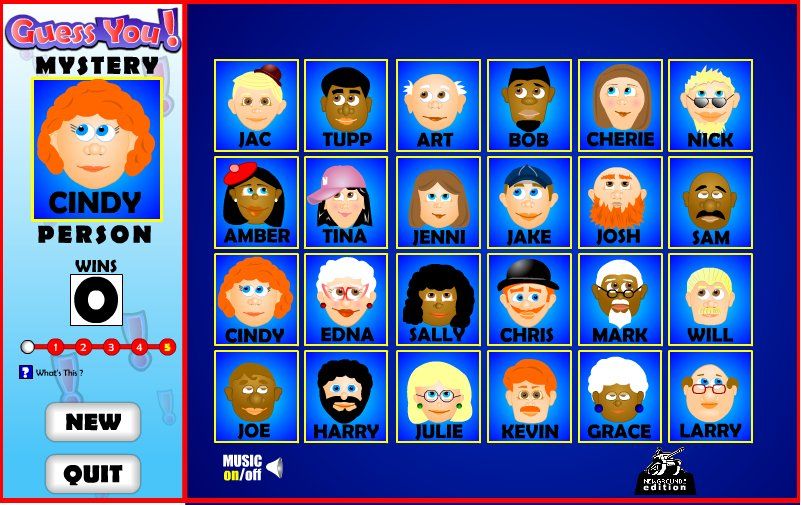
This is among the fun personality tests that allows respondents to conclude similarities and differences between other personality types.
With this, John’s Personality Test can be used in employment screening, and it gives an insight into whether the new hire is compatible with the rest of the team.
10. SHL Occupational Personality Questionnaire
The SHL Occupational Personality Questionnaire is also called OPQ32. It has 104 questions designed to give employers insights about how their employee’s personality traits and behaviors influence their performance at work.
This test measures 32 characteristics, and it is categorized into three main areas; thinking style & feelings, emotions, and relationships with people.
The results significantly help employers with reports that can be used to compare job applicants to one another.
11. Eysenck Personality Inventory
Eysenck Personality Inventory was developed by two psychologists, Sybil B.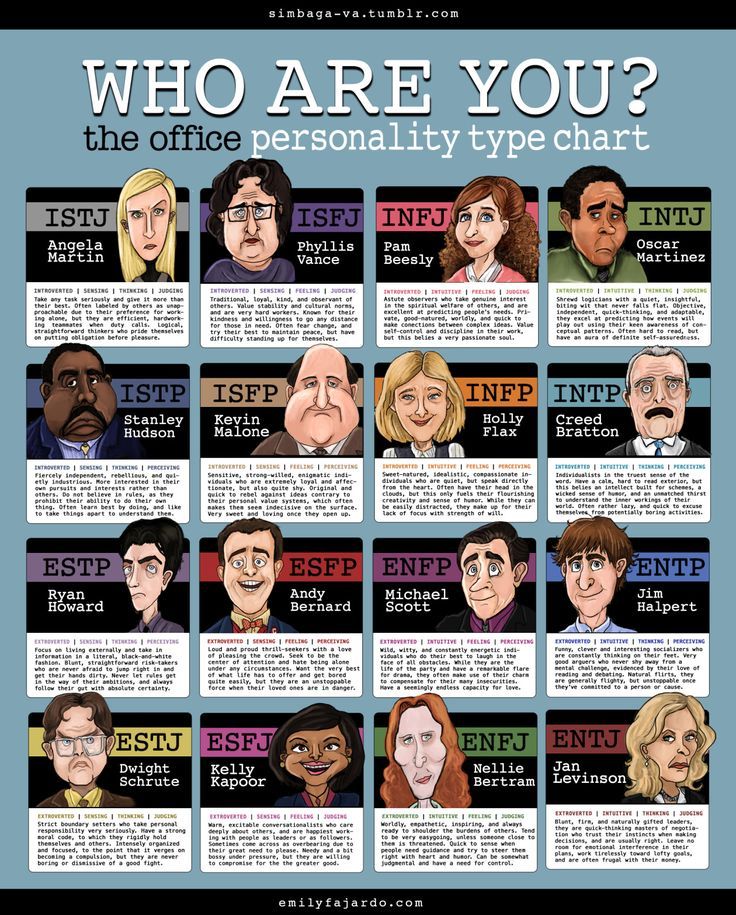 G. Eysenck and Hans Jürgen Eysenck. It is a test that assesses an individual’s personality based on two categories:
G. Eysenck and Hans Jürgen Eysenck. It is a test that assesses an individual’s personality based on two categories:
- Neuroticism and stability
- Extroversion and introversion
What makes Eysenck Personality Inventory different from other tests is that it includes a “lie score.” This measures a person’s honesty in answering the test.
12. Emotional Intelligence Test
Emotional Intelligence Test is a short test that measures individuals’ EQ level. Thus, this test will help them understand their own emotions as well as the emotions of others.
The results are based on the four quadrants:
- Self-Awareness
- Self-Management
- Relationship Management
- Social-Awareness
Emotional Intelligence Test is a great tool in the workplace as it will reveal employees’ emotional intelligence that might affect how they emphasize one another.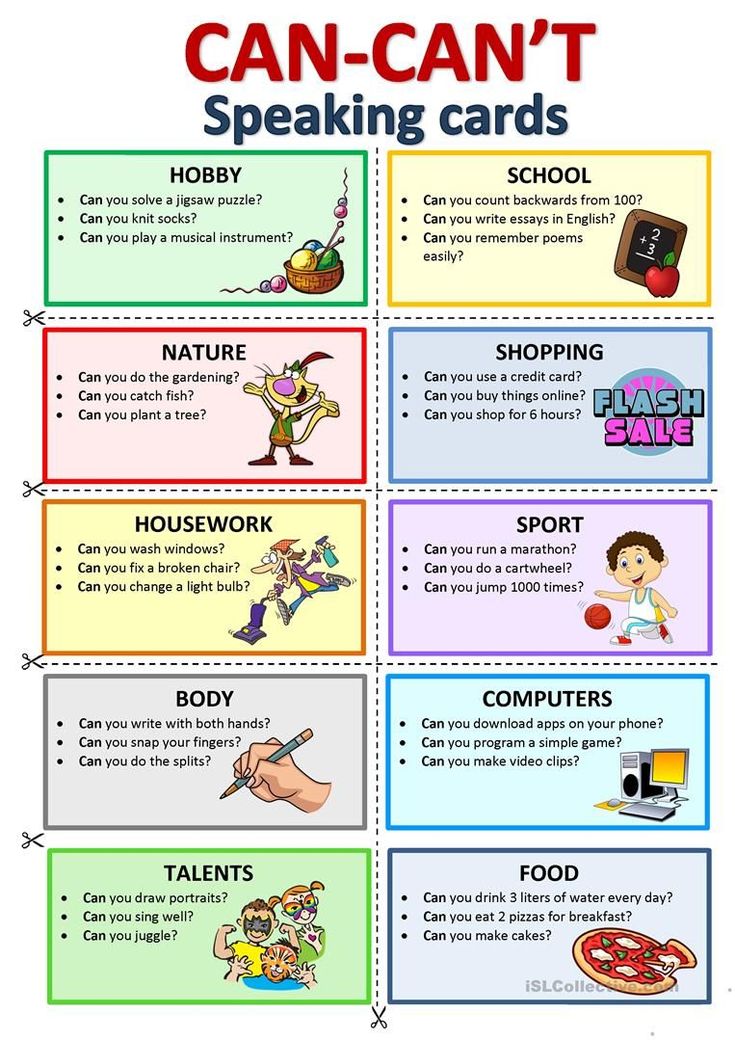
Why are personality tests useful in the workplace?
These may be simple, fun personality tests for some, but this personality tests significantly help employers for a wide range of reasons.
From employee screening process to promotion to self-assessment, personality tests help people figure out whether that person is best suited for the role and to company culture.
Simply put, knowing your colleagues’ personalities makes work efficient, which creates more productive and happier teams.
14 Free Online Personality Tests to Figure Yourself Out
I’m an introvert *and* an extrovert!
I’m sensitive, but strong-minded!
I’m destined to marry rich!
Alright, that last one’s my horoscope, but the others are results of personality quizzes. There’s something wonderful about personality tests—the idea that you can put yourself into a category (or categories), just like that, is so relieving and satisfying.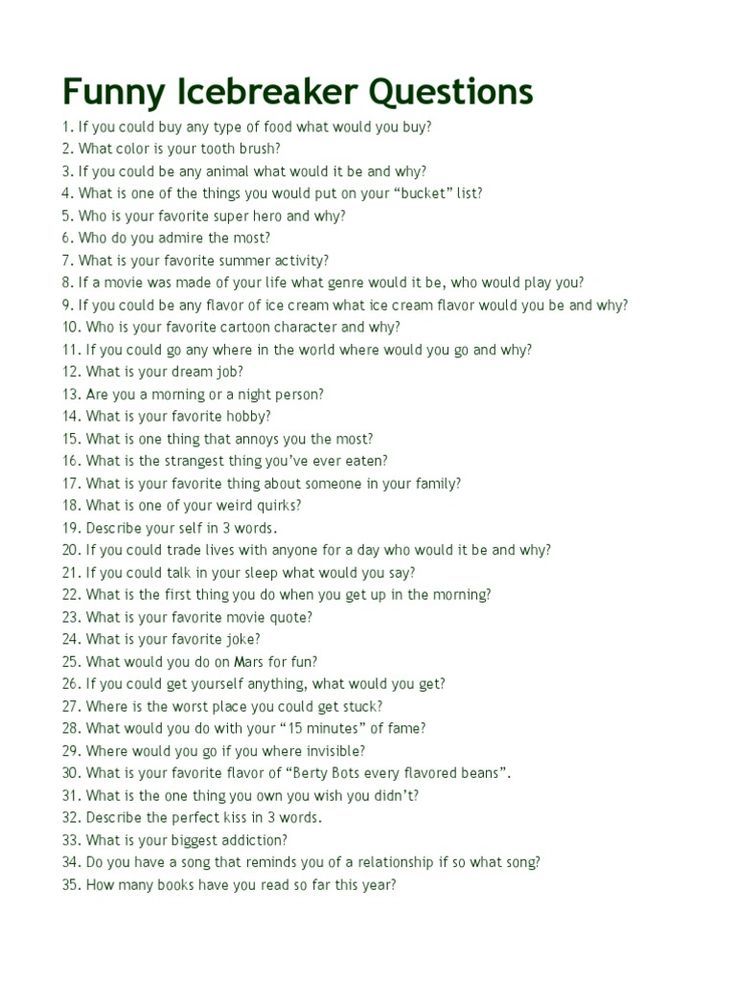
And while we can understand that these quizzes will not be completely accurate, a lot of them do provide us with some insight into who we are, how we act, what our potential is, and where our ambition might take us. The more you know and understand about yourself, the more likely you are to find a career path you’ll love.
So if you’re looking for some great personality quizzes—or even just something fun to do over lunch, keep scrolling.
Based on Carl Gustav Jung’s study of psychological traits (for example, introversion and extroversion) and the famous Myers-Briggs test, 16 Personalities covers the “big five” personality traits of individuals: mind, energy, nature, tactics, and identity. As one of the most popular personality quizzes online—taken more than 500 million times—it’ll cover everything from your basic qualities to your romantic relationships to your workplace habits, strengths, and weaknesses.
The “Who Am I?” Visual DNA test is one of the most fun personality quizzes you’ll come across.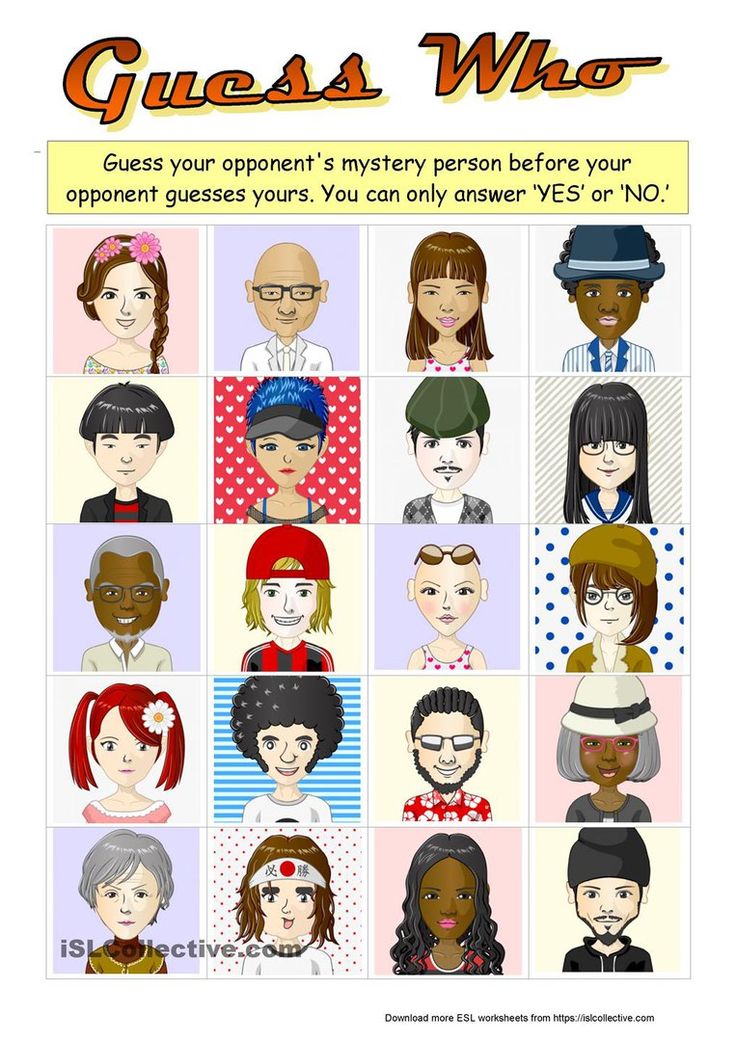 Formatted less like a Q&A setup and more like a “pick a photo that you think is pretty” system, it’ll show how your character defines your outlook on and approach to life.
Formatted less like a Q&A setup and more like a “pick a photo that you think is pretty” system, it’ll show how your character defines your outlook on and approach to life.
The HEXACO PI-R measures six major dimensions of personality: Honesty and humility, Emotionality, eXtraversion, Agreeableness, Conscientiousness, and Openness to experiences. You’ll rate how much you agree or disagree with 100 different statements and as a result, gain some insight into how you relate to other people and react to different kinds of scenarios.
An IQ test is typically something you have to pay for and have professionally administered to get a truly accurate score (and even then it only measures one specific type of intelligence). But there are some great, free resources out there like 123test. Their free IQ tests are just shortened versions of the real deal and they even have a “culture fair” test which is great if English isn’t your first language.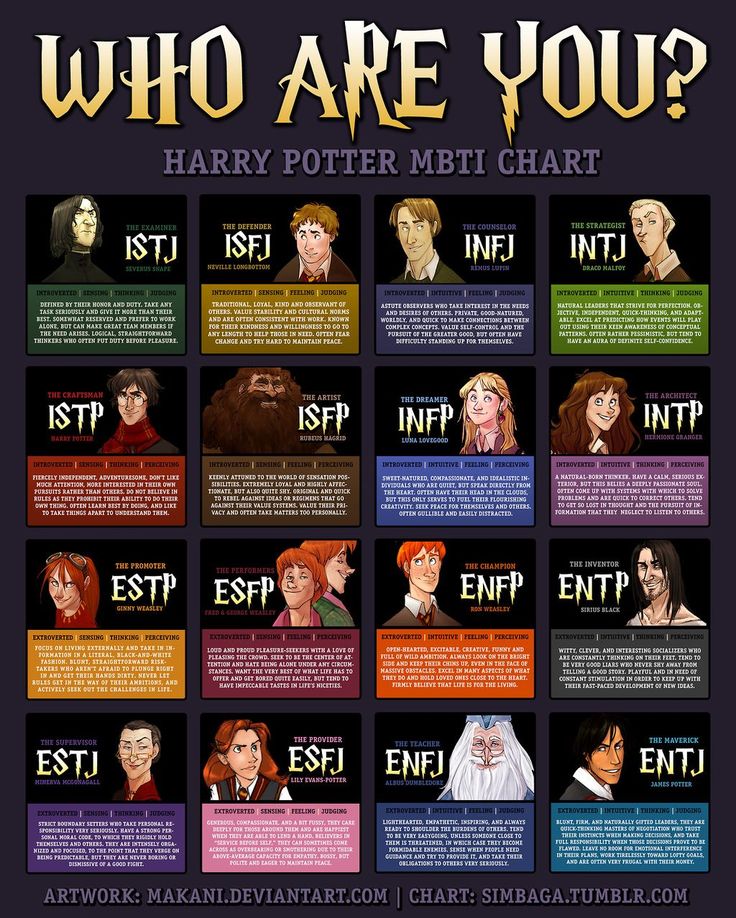
If you think you’re smart enough to join the prestigious and oldest high-IQ society, Mensa International, take this free exam and try to score in the 98 percentile. Then, you might consider taking their official test and if you ace that, it’s off to have some intellectual conversations!
Emotional intelligence is just as important as IQ—in and out of the office. EQ is the ability to process and manage your own emotions, as well as understand and influence the emotions of others. IHHP asks short, straightforward questions about how you act around others and how you handle certain situations. It’ll not only tell you where your emotional intelligence (EQ) currently is, but also suggest ways to improve weak areas.
This test is inspired by Daniel Goleman, psychologist and science journalist who wrote for The New York Times, as well as author of Emotional Intelligence: Why It Can Matter More Than IQ, a book discussing the many reasons why EQ shapes who we are.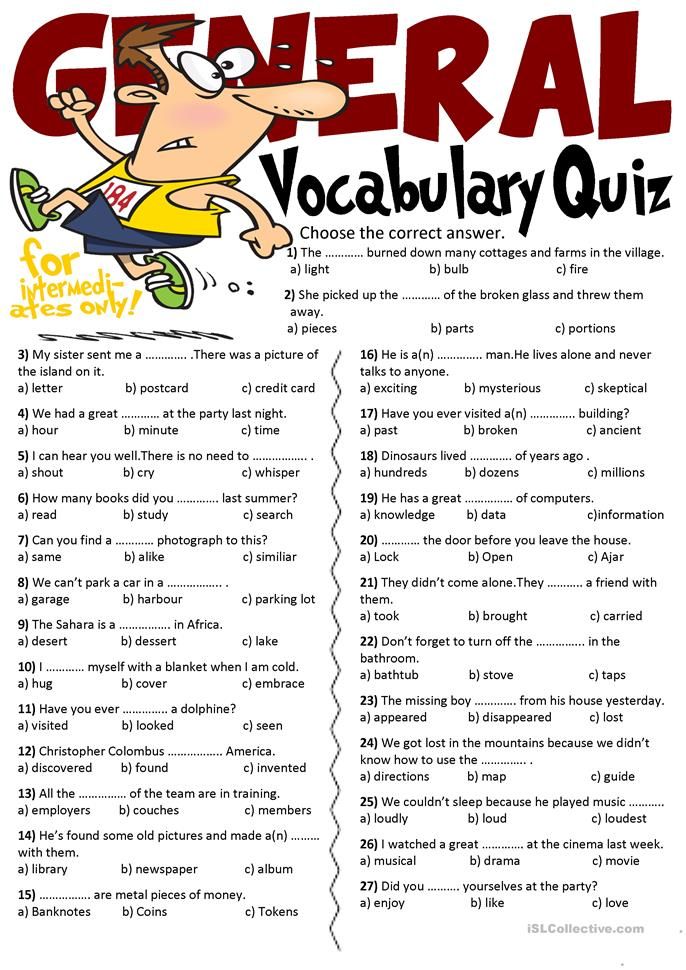 Instead of being direct, this quiz presents stories and asks you to answer how you’d normally respond in those circumstances.
Instead of being direct, this quiz presents stories and asks you to answer how you’d normally respond in those circumstances.
Skills You Need covers four major components of interpersonal skills: listening, verbal communication, EQ, and teamwork. Your answers will determine if you’re above, at, or below average, and give you some direction on how to better interact with others.
This awesome, in-depth assessment takes you through various career situations, gauging both your skill level and interest. Then, it provides you with several options for your ultimate career. (OK, it might not know you perfectly, but you may enjoy knowing which jobs you could totally pull off.)
Do you know what your “dream job” even is? Let BuzzFeed decide for you—based on what outfit you put together. (Obviously, you shouldn’t take this one too seriously.)
If you’ve dreamed about going to Hogwarts your whole life (childhood and adulthood, I won’t judge), now’s your chance to know which house you truly belong in—and maybe learn a bit more about your personality along the way.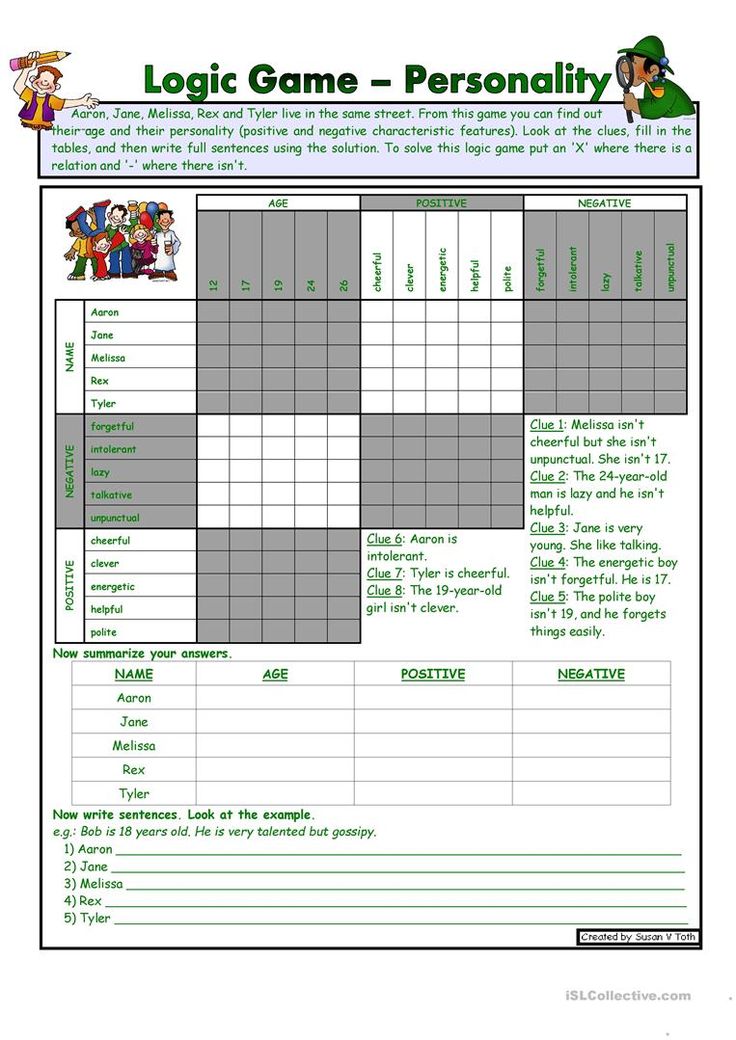
Just by choosing your favorite and least favorite colors (yup, that’s it), this test will tell you about your leadership, your management skills, your imagination, and more. But keep in mind, you’re just picking colors from a limited (and kind of ugly) selection here—so this one’s more for fun than it is an accurate assessment of who you are as an individual.
You’ve likely seen a “which character are you?” quiz for everything from Jane Austen novels to the Marvel Cinematic Universe to Mean Girls—but what if you could take all those quizzes at once? This quiz draws on a crowd-sourced database of the personality traits of more than 2,000 characters across film, television, and literature, so you can see which fictional character you’re most like. Or, after you take the test, you can filter your results by individual properties and scroll through your top characters for all your favorites.
Aesthetic can be hard to define, but this BuzzFeed quiz—that’s been taken more than one million times—makes it easy. While your external aesthetic revolves more around your fashion and design preferences, your inner aesthetic is more about your personality. Find out if your personality aligns with an aesthetic like cottagecore, dark academia, or something else.
While your external aesthetic revolves more around your fashion and design preferences, your inner aesthetic is more about your personality. Find out if your personality aligns with an aesthetic like cottagecore, dark academia, or something else.
If you were wondering, I’m ENFJ, I have high emotional intelligence, and I’d be in Hufflepuff (go badgers!). What’d you learn?
Regina Borsellino contributed writing, reporting, and/or advice to this article.
Updated 5/13/2022
Previously an editor for The Muse, Alyse is proud to prove that yes, English majors can change the world. She’s written almost 500 articles for The Muse on anything from productivity tips to cover letters to bad bosses to cool career changers, many of which have been featured in Fast Company, Forbes, Inc., CNBC's Make It, USA Today College, Lifehacker, Mashable, and more. She calls many places home, including Illinois where she grew up and the small town of Hamilton where she attended Colgate University, but she was born to be a New Yorker. In addition to being an avid writer and reader, Alyse loves to dance, both professionally and while waiting for the subway.
In addition to being an avid writer and reader, Alyse loves to dance, both professionally and while waiting for the subway.
Word games • Arzamas
You have Javascript disabled. Please change your browser settings.
Children's room ArzamasMaterialsMaterials
Arzamas for classes with schoolchildren! A selection of materials for teachers and parents
Everything you can do in an online lesson or just for fun
Cartoons are festival winners. Part 2
Tales, parables, experiments and absurdity
Guide to Yasnaya Polyana
Leo Tolstoy's favorite bench, greenhouse, stable and other places of the museum-estate of the writer worth seeing with children Migrants: how to fight for their rights with the help of music
Hip-hop, carnival, talking drums and other non-obvious ways
Old records: fairy tales of the peoples of the world
We listen and analyze Japanese, Italian, Scandinavian and Russian fairy tales
Video: ISS commander asks a scientist about space
Lecture at an altitude of 400 kilometers
How to make a movie
Horror film, comedy and melodrama at home
The most unusual animation techniques from sunflowers, cartoons and VR spices
Play the world's percussion instruments
Learn how the gong, marimba and drum work and build your own orchestra
How to put on a show
Shadow theatre, reading and other home theater options for children
Soviet puzzles
Solve children's puzzles of the 1920s-70s
22 cartoons for the little ones
What to watch if you don't have six
From "Wild Dog Dingo" to 904 "Timur and his team" 9003 What do you need 9003 to know about the main Soviet books for children and teenagers
A guide to children's poetry of the 20th century
From Agnia Barto to Mikhail Yasnov: children's poems in Russian
10 books by artists
Pages made of tracing paper - Milanese fog, and binding between reality and fantasy
How to choose a modern children's book
"Like Pippi, only about love": explaining new books through old ones
Word games
"Hat", "telegrams", "MPS" and other old and new games
Games from classic books
What the heroes of the works of Nabokov, Lindgren and Milne play
Plasticine animation: the Russian school
From Plasticine Crow to Plasticine Sausage
Cartoons - winners of festivals
Brave Mom, My Strange Grandpa, A Very Lonely Rooster and others
Non-fiction for children
How a whale’s heart beats, what’s inside a rocket and who plays the didgeridoo — 60 books about the world around
Guide to foreign popular music
200 artists, 20 genres and 1000 songs that will help you understand the music of the 1950s-2000s
Cartoons based on poems
Poems by Chukovsky, Kharms, Gippius and Yasnov in Russian animation
Home games
Shadow theater, crafts and paper dolls from children's books and magazines of the 19th–20th centuries
Books for the smallest
Modern literature from 0 to 5: read, look at, study
Puppet animation: Russian school 9004
Crow in Love, Devil No. 13, Lyolya and Minka and other old and new cartoons
13, Lyolya and Minka and other old and new cartoons
Smart coloring books
Museums and libraries offer to paint their collections
Reprints and reprints of children's books
Favorite fairy tales, stories and magazines of the last century, which you can buy again
What you can hear in classical music
Steps on ice, the voice of the cuckoo and the sounds of the night forest in the great compositions of the 18th-20th centuries
Soviet educational cartoons
Archimedes , dinosaurs, Antarctica and space — popular science cartoons in the USSR
Logic puzzles
Solve the argument of the wise men, make a bird out of a shirt and count the kittens correctly
Contemporary children's stories
The best short stories about grandmothers, cats, spies and knights
How Russian lullabies work
We explain why a spinning top is scary and why you shouldn't lie down on the edge. Bonus: 5 lullabies by Naadya
Musical fairy tales
How Tchaikovsky, Rimsky-Korsakov and Prokofiev work with the plots of children's fairy tales
Armenian School of Animation
The most rebellious cartoons of the Soviet Union
The Dina Goder Cartoon Collection
The Program Director of the Big Cartoon Festival advises what to watch with your child
Cartoons about art
How to tell children about Picasso, Pollock and Tatlin using animation
40 fire and who has a sieve in his nose: riddles from "Chizh", "Hedgehog" and books by Marshak and Chukovsky
Yard games
"Traffic light", "Shtander", "Kolechko" and other games for a large company
Poems that are interesting to learn by heart
What to choose if you were asked to learn a poem about mother, New Year or autumn
Old audio performances for children
Ole Lukoye, Gray Sheika, Cinderella and other interesting Soviet Recordings
Cartoons with classical music
How animation works with the music of Tchaikovsky, Verdi and Glass
How children’s rhymes work
“Ene, bene, slave, kvanter, manter, toad”: what does it all mean
"Hat", "telegrams", "MPS" and other games that require almost nothing but company and a desire to have a good time
Author Lev Gankin
Primer “A.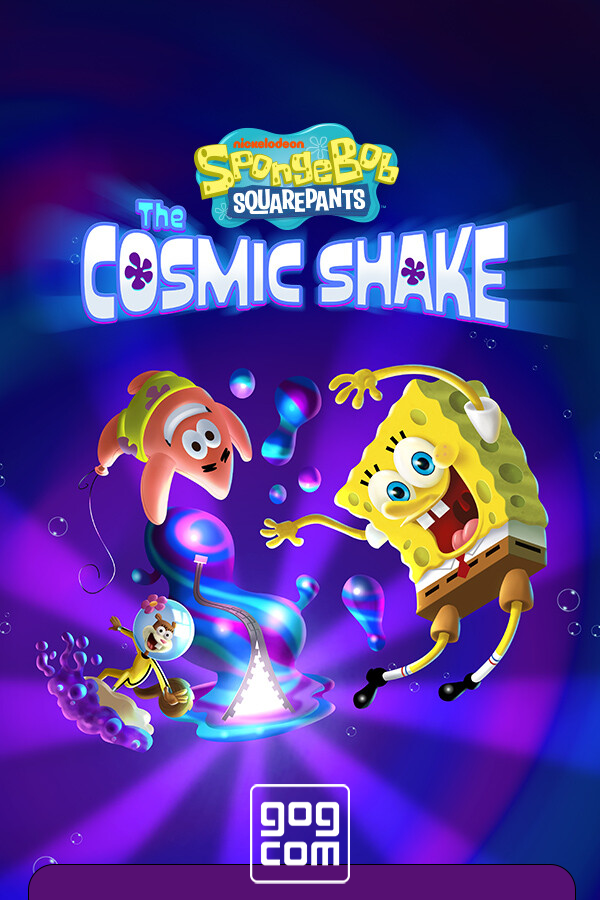 B. C. Trim, alphabet enchanté. Illustrations by Bertal. France, 1861 Wikimedia Commons
B. C. Trim, alphabet enchanté. Illustrations by Bertal. France, 1861 Wikimedia Commons Oral games
Associations
Game for a big company. The host briefly leaves the room, during which time the rest decide which of those present they will guess (this may be the host himself). Upon returning, the player asks the others questions - what flower do you associate this person with, what vehicle, what part of the body, what kitchen utensils, etc. - in order to understand who is hidden. Questions can be very different - this is not limited by anything other than the imagination of the players. Since associations are an individual matter and an exact match may not happen here, it is customary to give the guesser two or three attempts. If the company is small, you can expand the circle of mutual acquaintances who are not present at that moment in the room, although the classic version of "associations" is still a hermetic game. nine0004
Game of P
A game for a company of four people, an interesting variation on the "hat" theme (see below), but does not require any special accessories. One player guesses a word to another, which he must explain to the others, but he can only use words starting with the letter "p" (any, except for the same root). That is, the word "house" will have to be explained, for example, as follows: "I built - I live." If you couldn’t guess right away, you can throw up additional associations: “building, premises, space, the simplest concept ...” And at the end add, for example, “Perignon” - by association with Dom Perignon champagne. If the guessers are close to winning, then the facilitator will need comments like “about”, “approximately”, “almost right” - or, in the opposite situation: “bad, wait!”. Usually, after the word is guessed, the explainer comes up with a new word and whispers it into the ear of the guesser - he becomes the next leader. nine0004
One player guesses a word to another, which he must explain to the others, but he can only use words starting with the letter "p" (any, except for the same root). That is, the word "house" will have to be explained, for example, as follows: "I built - I live." If you couldn’t guess right away, you can throw up additional associations: “building, premises, space, the simplest concept ...” And at the end add, for example, “Perignon” - by association with Dom Perignon champagne. If the guessers are close to winning, then the facilitator will need comments like “about”, “approximately”, “almost right” - or, in the opposite situation: “bad, wait!”. Usually, after the word is guessed, the explainer comes up with a new word and whispers it into the ear of the guesser - he becomes the next leader. nine0004
Lectures for children on this topic:
Course of lectures for children about the languages of the world
How many languages in the world, how do they differ and how are they similar to each other
Course of lectures for children about strange and new words of the Russian language
Why do linguists study jargon, parasitic words and speech errors
Primer "A. B. C. Trim, alphabet enchanté. Illustrations by Bertal. France, 1861 Wikimedia Commons
B. C. Trim, alphabet enchanté. Illustrations by Bertal. France, 1861 Wikimedia Commons Say the Same Thing
An upbeat and fast-paced game for two, named after a video clip by the inventive rock band OK Go, from which many people learned about it (the musicians even developed a mobile application that helps to play it from a distance, although it is currently unavailable). The meaning of the game is that on the count of one-two-three each of the players pronounces a randomly chosen word. Further, the goal of the players is, with the help of successive associations, to come to a common denominator: for the next time, two or three, both pronounce a word that is somehow connected with the previous two, and so on until the desired coincidence occurs. Suppose the first player said the word "house" and the second player said the word "sausage"; in theory, they can coincide very soon, if on the second move after one-two-three both say "store". But if one says “shop”, and the other says “refrigerator” (why not a sausage house?), then the game can drag on, especially since it’s impossible to repeat - neither the store nor the refrigerator will fit, and you will have to think, say, before "refrigerator" or "IKEI". If the original words are far from each other (for example, "curb" and "weightlessness"), then the gameplay becomes completely unpredictable. nine0004
If the original words are far from each other (for example, "curb" and "weightlessness"), then the gameplay becomes completely unpredictable. nine0004
Characters
A game for the company (the ideal number of players is from four to ten), which requires from the participants not only good imagination, but also, preferably, a little bit of acting skills. As usual, one of the players briefly leaves the room, and while he is gone, the rest come up with a word, the number of letters in which matches the number of participants remaining in the room. Next, the letters are distributed among the players, and a character is invented for each of them (therefore, words that contain "b", "s" or "b" do not fit). Until the word is guessed, the players behave in accordance with the chosen character - the leader's task is to understand exactly what characters his partners portray and restore the hidden word. Imagine, for example, that a company consists of seven people. One leaves, the rest come up with a six-letter word "old man" and distribute roles among themselves: the first, say, will be with indoor, the second - t erpel, the third - a secondary, the fourth - p asylum, the fifth - and mane and sixth - to ovary. The returning player is greeted by a cacophony of voices - the company "lives" their roles until they are unraveled, and the host asks the players questions that help reveal their image. The only condition is that as soon as the presenter pronounces the correct character - for example, guesses the insidious one - he must admit that his incognito has been revealed and announce the number of his letter (in the word "old man" - the sixth). nine0004 Primer "A. B. C. Trim, alphabet enchanté. Illustrations by Bertal. France, 1861 Wikimedia Commons
The returning player is greeted by a cacophony of voices - the company "lives" their roles until they are unraveled, and the host asks the players questions that help reveal their image. The only condition is that as soon as the presenter pronounces the correct character - for example, guesses the insidious one - he must admit that his incognito has been revealed and announce the number of his letter (in the word "old man" - the sixth). nine0004 Primer "A. B. C. Trim, alphabet enchanté. Illustrations by Bertal. France, 1861 Wikimedia Commons
Recognize the song
A game for a company of four to five people. The host leaves, and the remaining players choose a well-known song and distribute its words among themselves - each word. For example, the song “Let there always be sun” is guessed: one player gets the word “let”, the second - “always”, the third - “will be”, the fourth - “sun”. The host returns and begins to ask questions - the most varied and unexpected: "What is your favorite city?", "Where does the Volga flow?", "What to do and who is to blame?". The task of the respondents is to use their own word in the answer and try to do it in such a way that it does not stand out too much; you need to answer quickly and not very extensively, but not necessarily truthfully. Answers to questions in this case can be, for example, “It’s hard for me to choose one city, but let today it will be Rio de Janeiro" or "Volga - into the Caspian, but this does not happen always , every third year it flows into the Black". The presenter must catch which word is superfluous in the answer and guess the song. They often play with lines from poetry rather than from songs.
The task of the respondents is to use their own word in the answer and try to do it in such a way that it does not stand out too much; you need to answer quickly and not very extensively, but not necessarily truthfully. Answers to questions in this case can be, for example, “It’s hard for me to choose one city, but let today it will be Rio de Janeiro" or "Volga - into the Caspian, but this does not happen always , every third year it flows into the Black". The presenter must catch which word is superfluous in the answer and guess the song. They often play with lines from poetry rather than from songs.
Tip
A game for four people divided into pairs (in principle, there can be three or four pairs). The mechanics is extremely simple: the first player from the first pair whispers a word (a common noun in the singular) into the ear of the first player from the second pair, then they must take turns calling their associations with this word (in the same form - common nouns; cognate words cannot be used ). After each association, the teammate of the player who voiced it calls out his word, trying to guess if it was originally guessed - and so on, until the problem is solved by someone; at the same time, all associations already sounded in the game can be used in the future, adding one new one at each move. For example, suppose there are players A and B on one team, and C and D on the other. Player A whispers the word "old man" into player C's ear. Player C says aloud to his partner D: "age". If D immediately answers "old man", then the pair of C and D scores a point, but if he says, for example, "youth", then the move goes to player A, who, using the word "age" suggested by C (but discarding the irrelevant to the case "youth" from D), says to his partner B: "age, man." Now B will probably guess the old man - and his team with A will already earn a point. But if he says "teenager" (thinking that it is about the age when boys turn into men), then C, to whom the move suddenly returned, will say " age, man, eightieth birthday”, and here, probably, “old man” will be guessed.
After each association, the teammate of the player who voiced it calls out his word, trying to guess if it was originally guessed - and so on, until the problem is solved by someone; at the same time, all associations already sounded in the game can be used in the future, adding one new one at each move. For example, suppose there are players A and B on one team, and C and D on the other. Player A whispers the word "old man" into player C's ear. Player C says aloud to his partner D: "age". If D immediately answers "old man", then the pair of C and D scores a point, but if he says, for example, "youth", then the move goes to player A, who, using the word "age" suggested by C (but discarding the irrelevant to the case "youth" from D), says to his partner B: "age, man." Now B will probably guess the old man - and his team with A will already earn a point. But if he says "teenager" (thinking that it is about the age when boys turn into men), then C, to whom the move suddenly returned, will say " age, man, eightieth birthday”, and here, probably, “old man” will be guessed. In one of the variants of the game, it is also allowed to "shout": this means that, having suddenly guessed what was meant, the player can shout out the option not on his turn. If he guessed right, his team will get a point, but if he rushed to conclusions, the team will lose a point. They usually play up to five points. nine0004 Primer "A. B. C. Trim, alphabet enchanté. Illustrations by Bertal. France, 1861 Wikimedia Commons
In one of the variants of the game, it is also allowed to "shout": this means that, having suddenly guessed what was meant, the player can shout out the option not on his turn. If he guessed right, his team will get a point, but if he rushed to conclusions, the team will lose a point. They usually play up to five points. nine0004 Primer "A. B. C. Trim, alphabet enchanté. Illustrations by Bertal. France, 1861 Wikimedia Commons
IPU
Game for a big company. Here we are forced to warn readers that, having seen this text in full, you will never be able to drive again - the game is one-time.
Spoiler →
First, the player who gets to drive leaves the room. When he returns, he must find out what MPS means - all that is known in advance is that the bearer of this mysterious abbreviation is present in the room right now. To find out the correct answer, the driver can ask other players questions, the answers to which should be formulated as “yes” or “no”: “Does he have blond hair?”, “Does he have blue eyes?”, “Is this a man?”, “He in jeans?", "Does he have a beard?"; moreover, each question is asked to a specific player, and not to all at once. Most likely, it will quickly become clear that there is simply no person in the room who meets all the criteria; Accordingly, the question arises, according to what principle the players give answers. "Opening" this principle will help answer the main question - what is MPS. The Ministry of Railways is not the Ministry of Communications at all, but m oh p equal s seated (that is, each player always describes the person sitting to his right). Another option is COP, to then about answered n last (that is, everyone talks about who answered the previous question).
Most likely, it will quickly become clear that there is simply no person in the room who meets all the criteria; Accordingly, the question arises, according to what principle the players give answers. "Opening" this principle will help answer the main question - what is MPS. The Ministry of Railways is not the Ministry of Communications at all, but m oh p equal s seated (that is, each player always describes the person sitting to his right). Another option is COP, to then about answered n last (that is, everyone talks about who answered the previous question).
Contact
A simple game that can be played with a group of three or more people. One thinks of a word (noun, common noun, singular) and calls its first letter aloud, the task of the others is to guess the word, remembering other words with this letter, asking questions about them and checking if the presenter guessed. The facilitator's task is not to reveal the next letters in the word to the players for as long as possible. For example, a word with the letter "d" is guessed. One of the players asks the question: “Is this by chance not the place where we live?” This is where the fun begins: the host must figure out as quickly as possible what the player means and say “No, this is not“ house ”” (well, or, if it was a“ house ”, honestly admit it). But in parallel, other players also think the same thing, and if they understand what “house” means before the leader, then they say: “contact” or “there is contact”, and start counting up to ten in chorus (while the count is going on, the presenter still has a chance to escape and guess what it is about!), and then they call the word. If at least two matched, that is, at the expense of ten they said “house” in chorus, the presenter must reveal the next letter, and the new guesser version will already begin with the now known letters “d” + the next one. If it was not possible to beat the host on this question, then the guessers offer a new option.
The facilitator's task is not to reveal the next letters in the word to the players for as long as possible. For example, a word with the letter "d" is guessed. One of the players asks the question: “Is this by chance not the place where we live?” This is where the fun begins: the host must figure out as quickly as possible what the player means and say “No, this is not“ house ”” (well, or, if it was a“ house ”, honestly admit it). But in parallel, other players also think the same thing, and if they understand what “house” means before the leader, then they say: “contact” or “there is contact”, and start counting up to ten in chorus (while the count is going on, the presenter still has a chance to escape and guess what it is about!), and then they call the word. If at least two matched, that is, at the expense of ten they said “house” in chorus, the presenter must reveal the next letter, and the new guesser version will already begin with the now known letters “d” + the next one. If it was not possible to beat the host on this question, then the guessers offer a new option. Of course, it makes sense to complicate the definitions, and not ask everything directly - so the question about "home" would sound better like "Is this not where the sun rises?" (with a reference to the famous song "House of the Rising Sun" by The Animals). Usually, the one who eventually gets to the searched word (names it or asks a question leading to victory) becomes the next leader. nine0004 Primer "A. B. C. Trim, alphabet enchanté. Illustrations by Bertal. France, 1861 Wikimedia Commons
Of course, it makes sense to complicate the definitions, and not ask everything directly - so the question about "home" would sound better like "Is this not where the sun rises?" (with a reference to the famous song "House of the Rising Sun" by The Animals). Usually, the one who eventually gets to the searched word (names it or asks a question leading to victory) becomes the next leader. nine0004 Primer "A. B. C. Trim, alphabet enchanté. Illustrations by Bertal. France, 1861 Wikimedia Commons
Writing games
Encyclopedia
Not the fastest, but extremely exciting game for a company of four people - you will need pens, paper and some kind of encyclopedic dictionary (preferably not limited thematically - that is, TSB is better than a conditional "biological encyclopedia"). The host finds a word in the encyclopedia that is unknown to anyone present (here it remains to rely on their honesty - but cheating in this game is uninteresting and unproductive). The task of each of the players is to write an encyclopedic definition of this word, inventing its meaning from the head and, if possible, disguising the text as a real small encyclopedic article. The presenter, meanwhile, carefully rewrites the real definition from the encyclopedia. After that, the “articles” are shuffled and read out by the presenter in random order, including the real one, and the players vote for which option seems most convincing to them. In the end, the votes are counted and points are distributed. Any player receives a point for correctly guessing the real definition and one more point for each vote given by other participants to his own version. After that, the sheets are distributed back and a new word is played out - there should be about 6-10 of them in total. You can also play this game in teams: come up with imaginary definitions collectively. The game "poems" is arranged in a similar way - but instead of a compound word, the host selects two lines from some little-known poem in advance and invites the participants to add quatrains.
The task of each of the players is to write an encyclopedic definition of this word, inventing its meaning from the head and, if possible, disguising the text as a real small encyclopedic article. The presenter, meanwhile, carefully rewrites the real definition from the encyclopedia. After that, the “articles” are shuffled and read out by the presenter in random order, including the real one, and the players vote for which option seems most convincing to them. In the end, the votes are counted and points are distributed. Any player receives a point for correctly guessing the real definition and one more point for each vote given by other participants to his own version. After that, the sheets are distributed back and a new word is played out - there should be about 6-10 of them in total. You can also play this game in teams: come up with imaginary definitions collectively. The game "poems" is arranged in a similar way - but instead of a compound word, the host selects two lines from some little-known poem in advance and invites the participants to add quatrains.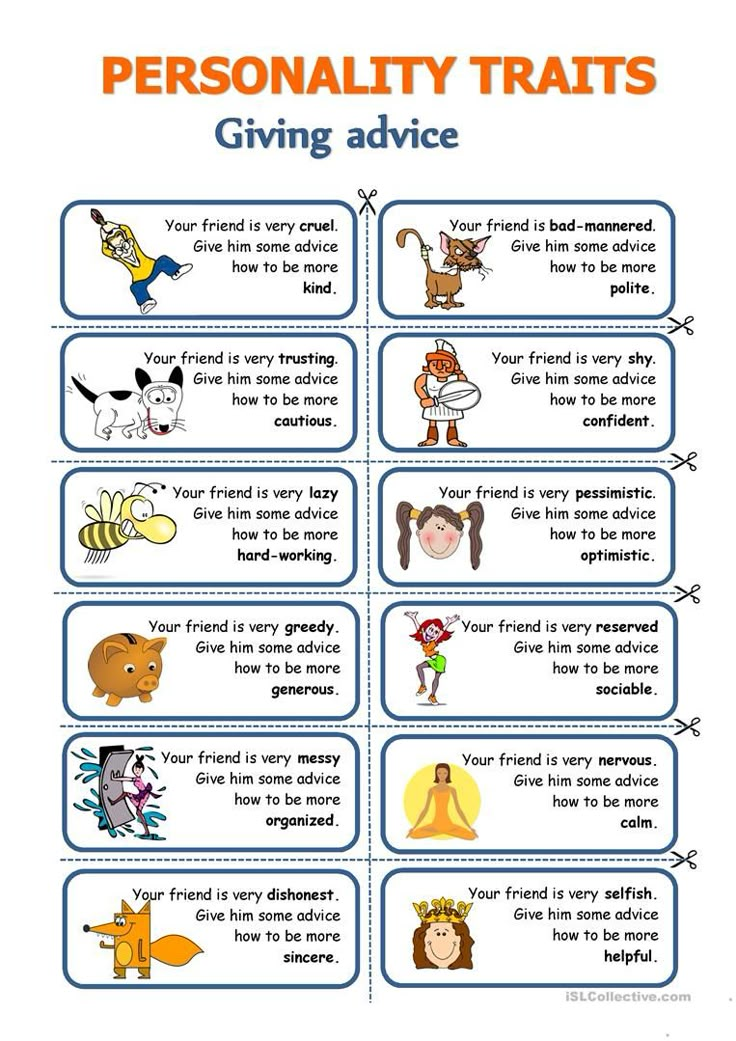 nine0004
nine0004
Game from Inglourious Basterds
A game for a company of any size that many knew before the Quentin Tarantino film, but it does not have a single name. Each player invents a role for his neighbor (usually it is some famous person), writes it on a piece of paper and sticks the piece of paper on his neighbor's forehead: accordingly, everyone sees what role someone has, but does not know who they are. The task of the participants is, with the help of leading questions, the answers to which are formulated as “yes” or “no” (“Am I a historical figure?”, “Am I a cultural figure?”, “Am I a famous athlete?”), to find out who exactly they are. In this form, however, the game exhausts itself rather quickly, so you can come up with completely different themes and instead of famous people play, for example, in professions (including exotic ones - "carousel", "taxidermist"), in film and literary heroes (you can mix them with real celebrities, but it’s better to agree on this in advance), food (one player will be risotto, and the other, say, green cabbage soup) and even just items.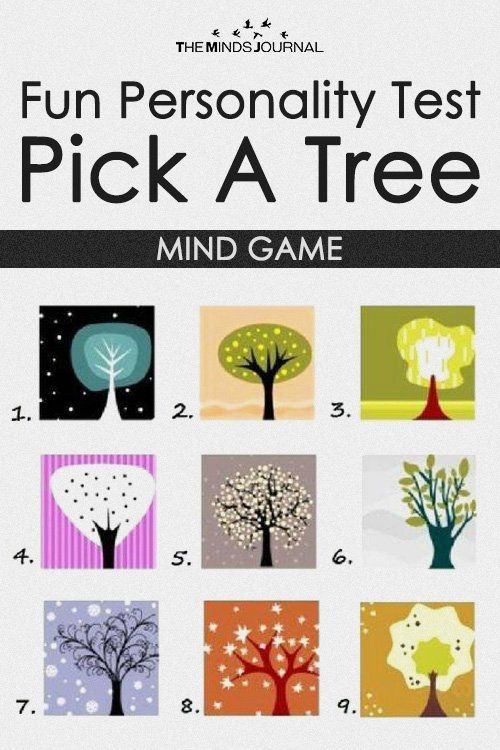 nine0004 Primer "A. B. C. Trim, alphabet enchanté. Illustrations by Bertal. France, 1861 Wikimedia Commons
nine0004 Primer "A. B. C. Trim, alphabet enchanté. Illustrations by Bertal. France, 1861 Wikimedia Commons
Bulls and cows
A game for two: one participant thinks of a word, and it is agreed in advance how many letters should be in it (usually 4-5). The task of the second is to guess this word by naming other four- or five-letter words; if some letters of the named word are in the hidden one, they are called cows, and if they have the same place inside the word, then these are bulls. Let's imagine that the word "eccentric" is conceived. If the guesser says “dot”, then he receives an answer from the second player: “three cows” (that is, the letters “h”, “k” and “a”, which are in both “eccentric” and “dot”, but in different places). If he then says "head of head", he will no longer get three cows, but two cows and one bull - since the letter "a" in both "eccentric" and "head" is in the fourth position. As a result, sooner or later, it is possible to guess the word, and the players can change places: now the first one will guess the word and count the bulls and cows, and the second one will name his options and track the extent to which they coincide with the one guessed.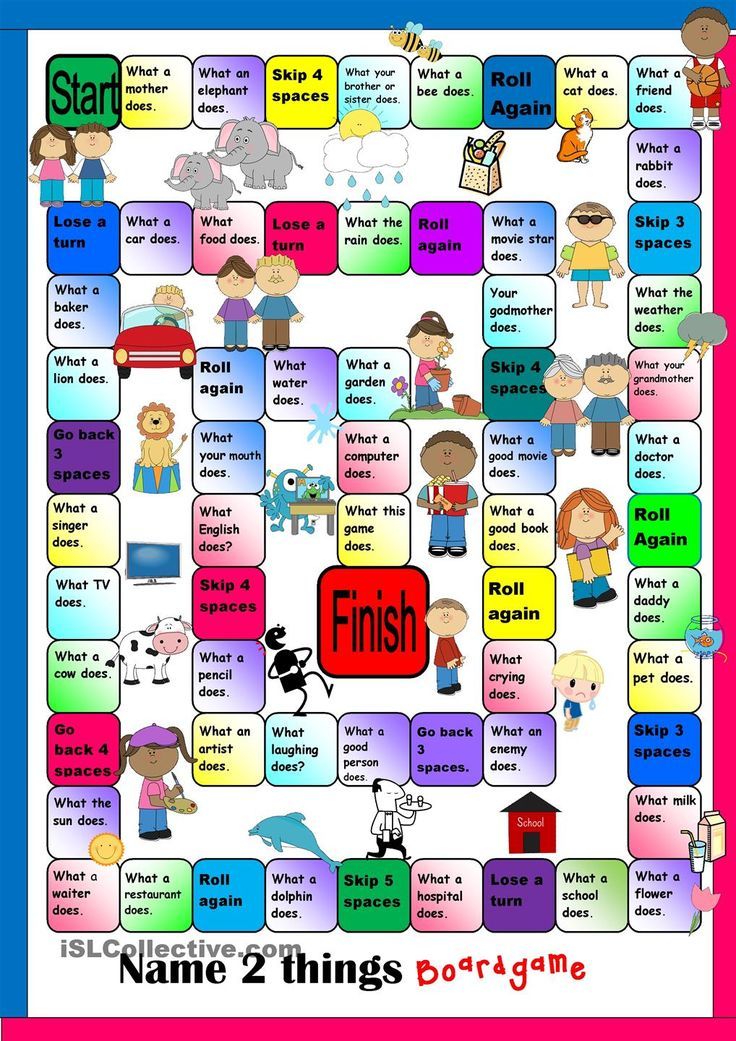 You can also complicate the process by simultaneously guessing your own word and guessing the opponent's word. nine0004
You can also complicate the process by simultaneously guessing your own word and guessing the opponent's word. nine0004
Intellect
Writing game for the company (but you can also play together), consisting of three rounds, each for five minutes. In the first, players randomly type thirteen letters (for example, blindly poking a book page with their finger) and then form words from them, and only long ones - from five letters. In the second round, you need to choose a syllable and remember as many words as possible that begin with it, you can use single-root ones (for example, if the syllable "house" is selected, then the words "house", "domra", "domain", "domain", "brownie", "housewife", etc.). Finally, in the third round, the syllable is taken again, but now you need to remember not ordinary words, but the names of famous people of the past and present in which it appears, and not necessarily at the beginning - that is, both Karamzin and McCartney will fit the syllable "kar" , and, for example, Hamilcar.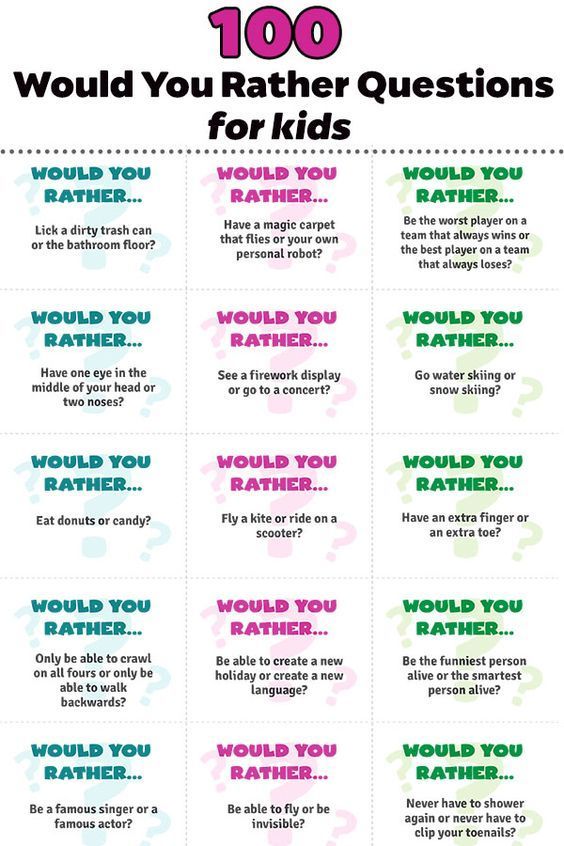 An important detail: since this round provokes the most disputes and scams, game participants can ask each other to prove that this person is really a celebrity, and here you need to remember at least the profession and country. Typical dialogue: "What, you don't know Hamilcar? But this is a Carthaginian commander!” After each round, points are counted: if a particular word is the same for all players, it is simply crossed out, in other cases, players are awarded as many points for it as the opponents could not remember it. In the first round, you can still add points for especially long words. Based on the results of the rounds, it is necessary to determine who took the first, second, third and other places, and add up these places at the end of the game. The goal is to get the smallest number at the output (for example, if you were the winners of all three rounds, then you will get the number 3 - 1 + 1 + 1, and you are the champion; less cannot be purely mathematical). nine0004 Primer "A.
An important detail: since this round provokes the most disputes and scams, game participants can ask each other to prove that this person is really a celebrity, and here you need to remember at least the profession and country. Typical dialogue: "What, you don't know Hamilcar? But this is a Carthaginian commander!” After each round, points are counted: if a particular word is the same for all players, it is simply crossed out, in other cases, players are awarded as many points for it as the opponents could not remember it. In the first round, you can still add points for especially long words. Based on the results of the rounds, it is necessary to determine who took the first, second, third and other places, and add up these places at the end of the game. The goal is to get the smallest number at the output (for example, if you were the winners of all three rounds, then you will get the number 3 - 1 + 1 + 1, and you are the champion; less cannot be purely mathematical). nine0004 Primer "A.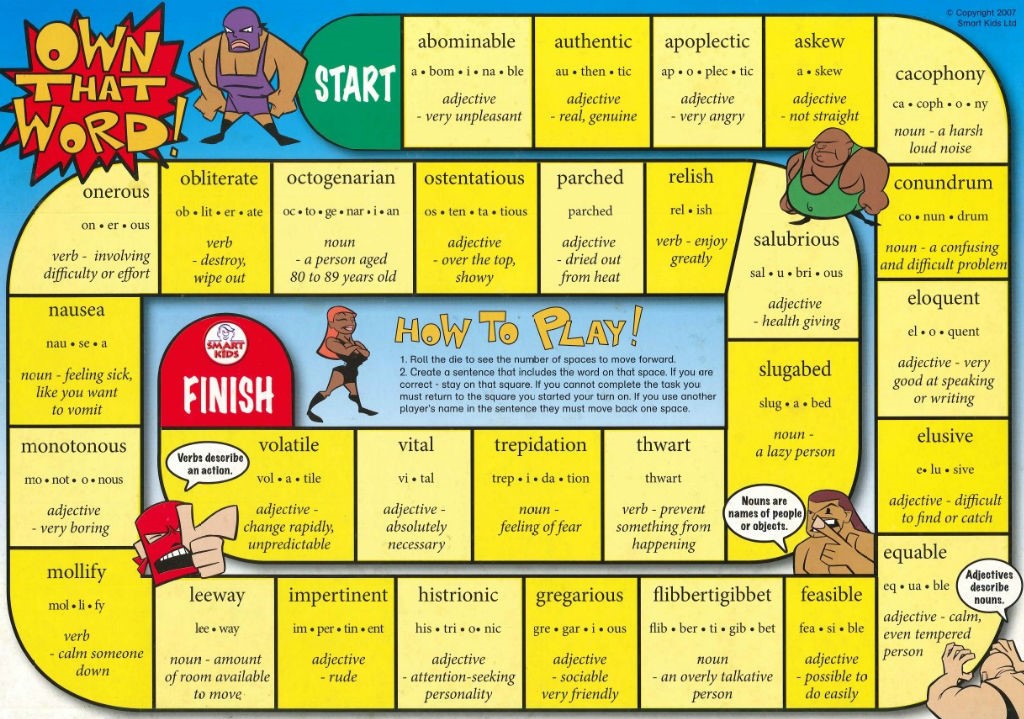 B. C. Trim, alphabet enchanté. Illustrations by Bertal. France, 1861 Wikimedia Commons
B. C. Trim, alphabet enchanté. Illustrations by Bertal. France, 1861 Wikimedia Commons
Frame
A game for any number of people, which was invented by one of the creators of the Kaissa chess program and the author of the anagram search program Alexander Bitman. First, the players choose several consonants - this will be the frame, the skeleton of the word. Then the time is recorded (two or three minutes), and the players begin to “stretch” vowels (as well as “й”, “ь”, “ъ”) onto the frame to make existing words. Consonants can be used in any order, but only once, and vowels can be added in any number. For example, players choose the letters "t", "m", "n" - then the words "fog", "cloak", "mantle", "coin", "darkness", "ataman", "dumbness" and other. The winner is the one who can come up with more words (as usual, these should be common nouns in the singular). The game can be played even with one letter, for example, "l". The words “silt”, “lay”, “yula”, “aloe”, “spruce” are formed around it, and if we agree that the letter can be doubled, “alley” and “lily”. If the standard "framework" is mastered, then the task may be to compose a whole phrase with one consonant: a textbook example from the book by Evgeny Gik - "Bobby, kill the boy and beat the woman at the baobab." nine0004
If the standard "framework" is mastered, then the task may be to compose a whole phrase with one consonant: a textbook example from the book by Evgeny Gik - "Bobby, kill the boy and beat the woman at the baobab." nine0004
Chain of words
Game for any number of players. Many people know it under the name "How to make an elephant out of a fly", and it was invented by the writer and mathematician Lewis Carroll, the author of "Alice". The “chain” is based on metagram words, that is, words that differ by only one letter. The task of the players is to turn one word into another with the least number of intermediate links. For example, let's make a "goat" from a "fox": FOX - LINDE - PAW - KAPA - KARA - KORA - GOAT. It is interesting to give tasks with a plot: so that the “day” turns into “night”, the “river” becomes the “sea”. The well-known chain, where the "elephant" grows out of the "fly", is obtained in 16 moves: FLY - MURA - TURA - TARA - KARA - KARE - CAFE - KAFR - MURDER - KAYUK - HOOK - URIK - LESSON - TERM - DRAIN - STON - ELEPHANT (example of Evgeny Gik).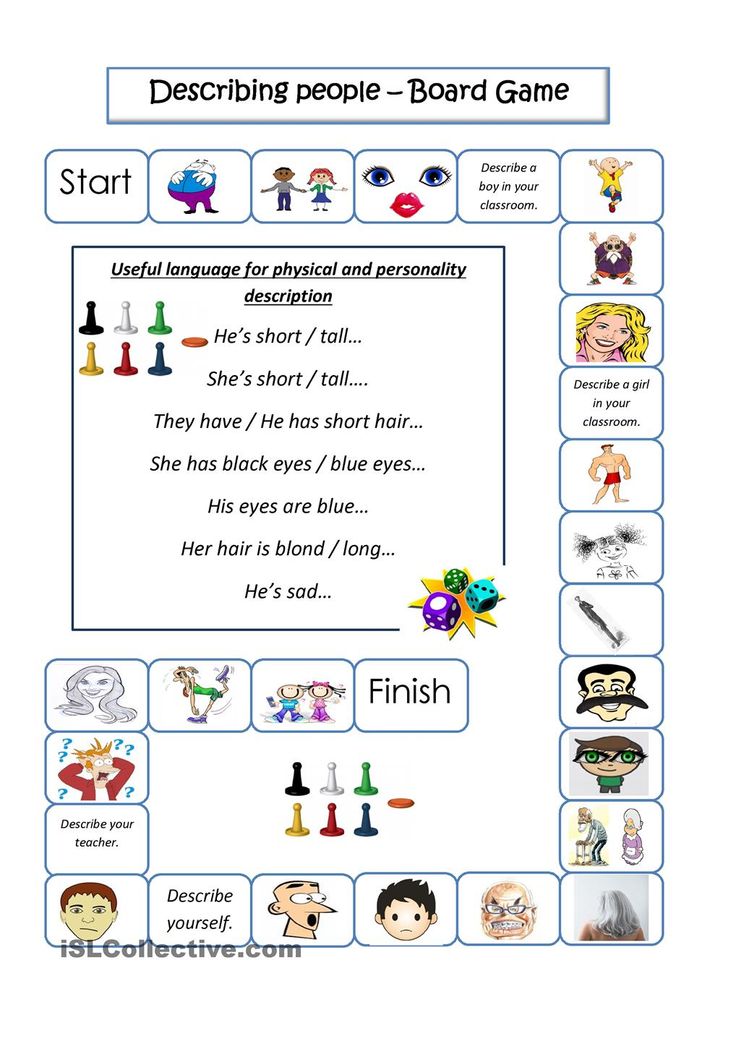 For training, you can compete in the search for metagrams for any word. For example, the word "tone" gives "sleep", "background", "current", "tom", "tan" and so on - whoever scores more options wins. nine0004 Primer "A. B. C. Trim, alphabet enchanté. Illustrations by Bertal. France, 1861 Wikimedia Commons
For training, you can compete in the search for metagrams for any word. For example, the word "tone" gives "sleep", "background", "current", "tom", "tan" and so on - whoever scores more options wins. nine0004 Primer "A. B. C. Trim, alphabet enchanté. Illustrations by Bertal. France, 1861 Wikimedia Commons
Hat
A game for a company of four people, requiring simple equipment: pens, paper and a “hat” (an ordinary plastic bag will do). Sheets of paper need to be torn into small pieces and distributed to the players, the number of pieces depends on how many people are playing: the larger the company, the less for each. Players write words on pieces of paper (one for each piece of paper) and throw them into the "hat". There are also options here - you can play just with words (noun, common noun, singular), or you can play with famous people or literary characters. Then the participants are divided into teams - two or more people each; the task of each - in 20 seconds (or 30, or a minute - the timing can be set at your own choice) to explain to your teammates the largest number of words arbitrarily pulled out of the "hat", without using the same root.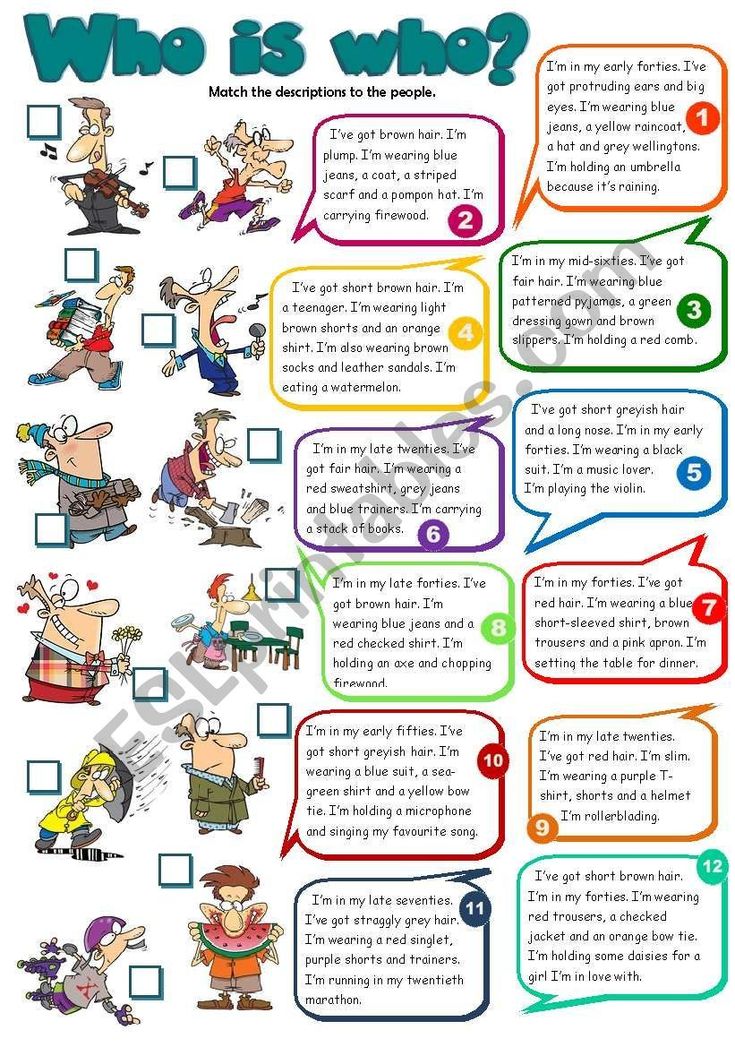 If the driver could not explain a word, it returns to the hat and will be played by the other team. At the end of the game, the words guessed by different representatives of the same team are summed up, their number is counted, and the team that has more pieces of paper is awarded the victory. A popular version of the game: everything is the same, but in the first round the players explain the words (or describe the characters) orally, in the second round they show in pantomime, in the third round they explain the same words in one word. And recently a board game has appeared, where you need not only to explain and show, but also to draw. nine0004
If the driver could not explain a word, it returns to the hat and will be played by the other team. At the end of the game, the words guessed by different representatives of the same team are summed up, their number is counted, and the team that has more pieces of paper is awarded the victory. A popular version of the game: everything is the same, but in the first round the players explain the words (or describe the characters) orally, in the second round they show in pantomime, in the third round they explain the same words in one word. And recently a board game has appeared, where you need not only to explain and show, but also to draw. nine0004
Telegrams
Game for any number of players. The players choose a word, for each letter of which they will need to come up with a part of the telegram - the first letter will be the beginning of the first word, the second - the second, and so on. For example, the word "fork" is selected. Then the following message can become a telegram: “The camel is healed.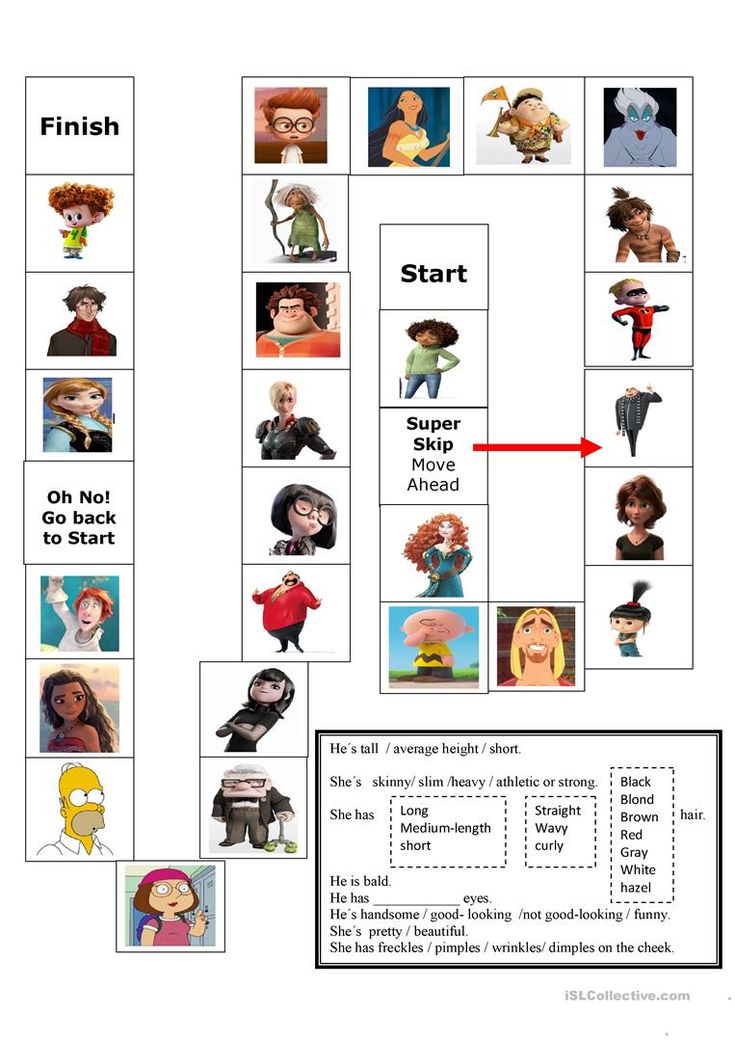 I'm flying a crocodile. Aibolit". Another round of the game is the addition of genres. Each player gets the task to write not one, but several telegrams from the same word - business, congratulatory, romantic (the types of messages are agreed in advance). Telegrams are read aloud, the next word is chosen. nine0004
I'm flying a crocodile. Aibolit". Another round of the game is the addition of genres. Each player gets the task to write not one, but several telegrams from the same word - business, congratulatory, romantic (the types of messages are agreed in advance). Telegrams are read aloud, the next word is chosen. nine0004
even more different games for one or a company
Home games
Shadow theater, crafts and paper dolls from children's books and magazines of the XIX-XX centuries Ring and other games
Games from classic books
What do the heroes of the works of Nabokov, Lindgren and Milne play
A children's course on where games, jokes, horror stories and memes come from and why we need them
Children's room
Special project
Children's room Arzamas
Sources
- Balandin B.
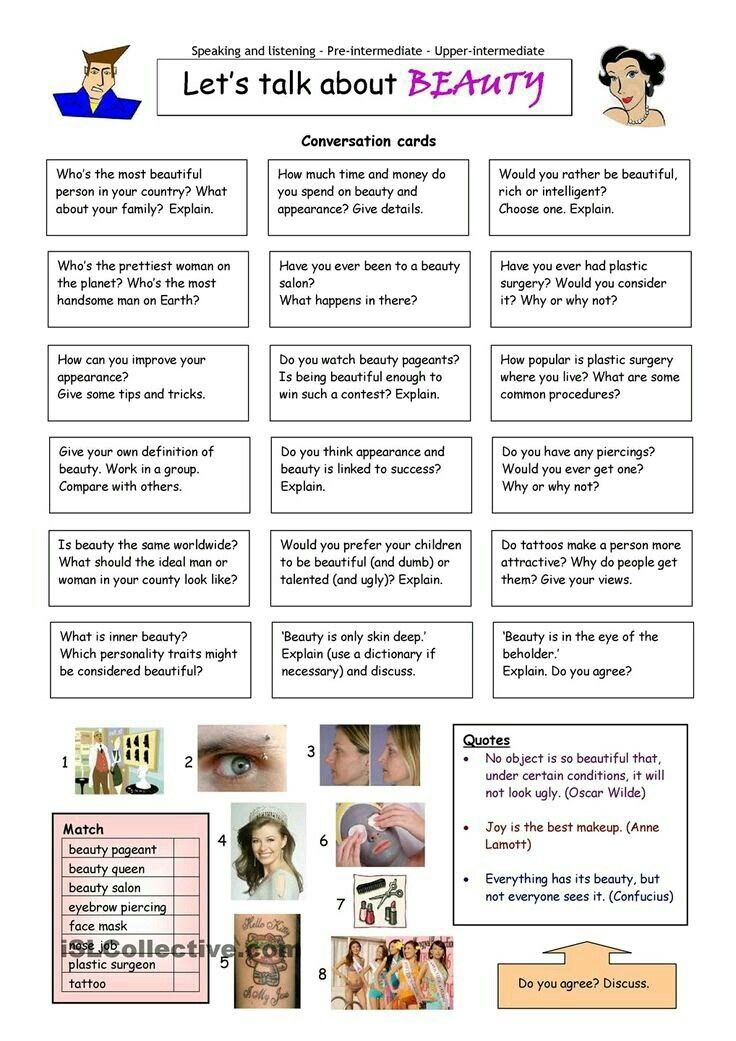 B. Big book of intellectual games and entertaining questions for smart people and smart girls.
B. Big book of intellectual games and entertaining questions for smart people and smart girls. M., 2008.
- Bocharova A. G., Goreva T. M., Okun V. Ya. 500 wonderful children's games.
M., 1999.
- Geek E. Ya. Entertaining mathematical games.
M., 1987.
- Fedin S. N. The best games with words.
M., 2001.
- Firsova L. M. Games and entertainment. Book 1.
M., 1989.
Tags
Children
Game
Entertainment
11 signs that you have early Netherlandish painting in front of you
You can recognize their painting by luminous paints, cityscapes, mirrors and other details
© Arzamas 2023. All rights reserved
Psychological games
Human life and activities are unique processes with many features. A person is born already having certain predispositions, inclinations, abilities.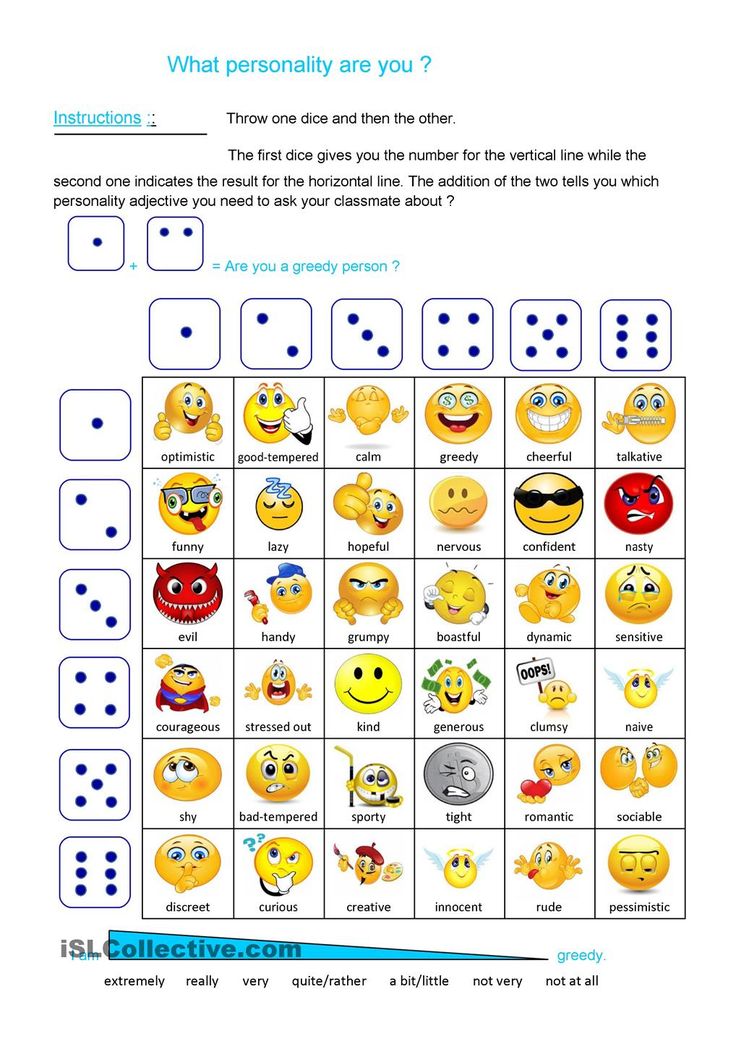 But in order for his interaction with the outside world and society to be more effective and productive, a person needs to “improve”, “pump” himself and his personality.
But in order for his interaction with the outside world and society to be more effective and productive, a person needs to “improve”, “pump” himself and his personality.
And the process of this improvement begins from the very early years, but never ends, one might say, never, because, as they say, there is no limit to perfection. In order to form, consolidate and improve the qualities of a personality, a huge number of various methods and practices are used today. But we will talk about, perhaps, the most popular and effective of them - socio-psychological games. nine0004
On this page we will look into what psychological games are in general, what are their features and what they are for. We all have heard more than once that there are games for children, for teenagers, for schoolchildren, for students, small, large, role-playing, business. They can be aimed at the development of any qualities, at the formation of communication skills, at unity, etc. Games are held in kindergartens, schools, recreation camps - these are children's games.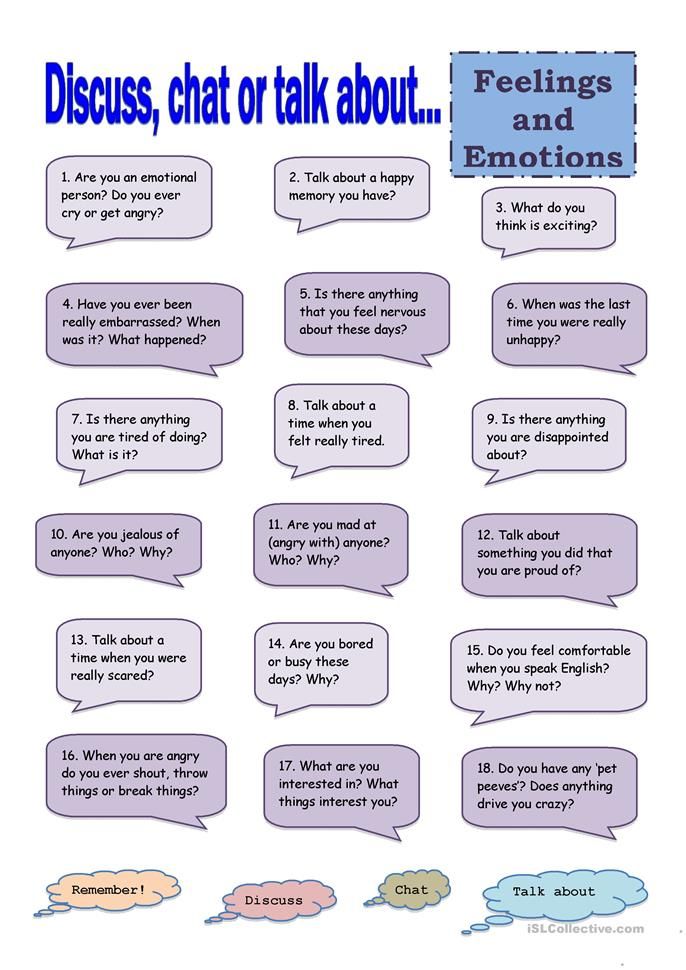
Games are also held in higher education institutions, enterprises and large firms, but these are games for adults, which are often included in the program of any trainings and seminars. There are even computer psychological games - they are very popular in our time, when almost every person has a home computer or laptop. So what is the reason that games have become an integral part of human life and are present in almost every area of it? And what games can and should be used for yourself? We present the answers to these and many other questions to your precious attention. nine0004
What is a game?
Game is a kind of activity, the motive of which is not the result, but the process itself, where there is a recreation and assimilation of some experience. Also, the game is the main activity of children, through which mental properties, intellectual operations and attitude to the surrounding reality are formed, changed and consolidated. The term "game" is also used to refer to programs or sets of items for the implementation of gaming activities.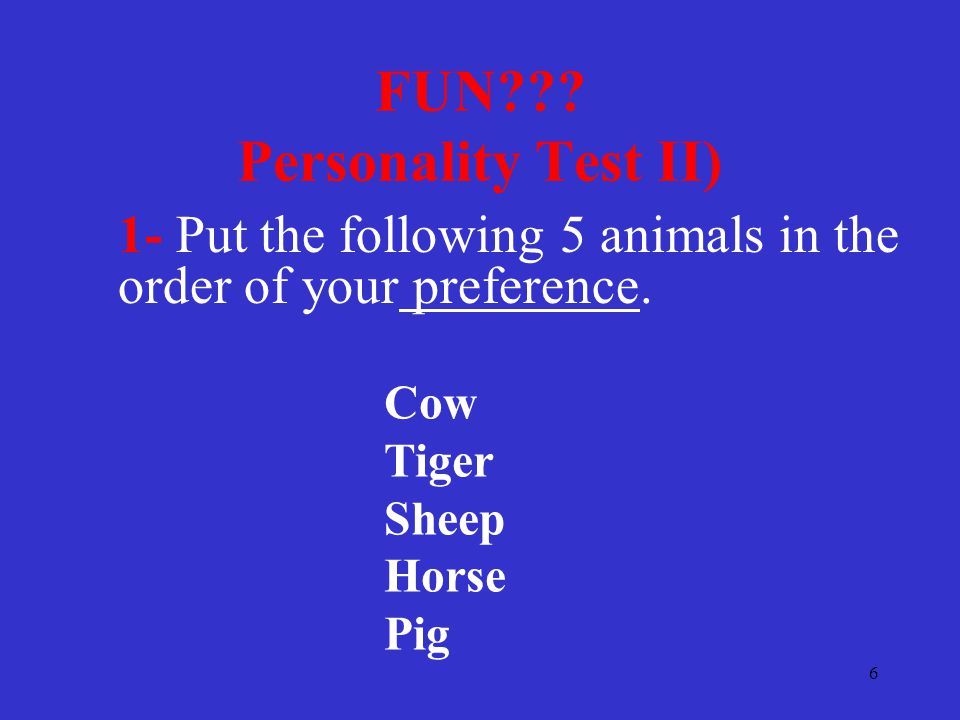 nine0004
nine0004
The study of human psychology and the psychological realities of his life becomes more interesting and effective when carried out through activities of interest to the researcher himself. And such activity, of course, is the game. Experience has shown more than once that socio-psychological games help people to perceive the reality of the psychological aspect of their life very seriously and deeply.
Functions of play activity are:
- Entertaining - entertains, cheers up;
- Communicative - promotes communication;
- Self-actualizing – enables a person to express himself;
- Play therapy - helps to overcome various difficulties that arise in life;
- Diagnostic - allows you to identify deviations in development and behavior;
- Correction - allows you to make changes in the structure of the personality;
- Socialization - makes it possible to include a person in the system of social relations and contributes to the assimilation of social norms.
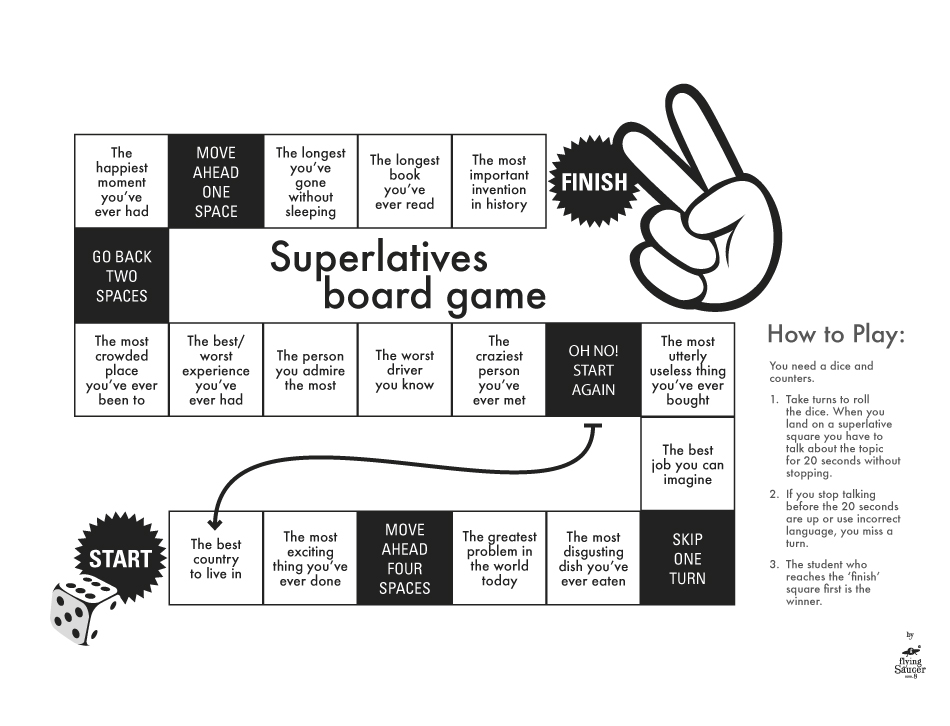
The main types of psychological games and their features
Games can be business, positional, innovative, organizational-educational, educational, organizational-thinking, organizational-activity and others. But still, there are several main kinds of psychological games:
- Game shells. In this type of games, the game plot itself is the general background against which developmental, corrective and psychological tasks are solved. Such activities contribute to the development of basic mental properties and processes of the individual, as well as the development of reflection and self-reflection.
- Living games. In games-accommodation, individual and joint with a group of people master the game space, build interpersonal relationships within it and comprehend personal values. This type of games develops the motivational aspect of a person's personality, the system of his life values, personal criticality; allows you to build your own activities and relationships with others; expands ideas about human feelings and experiences.
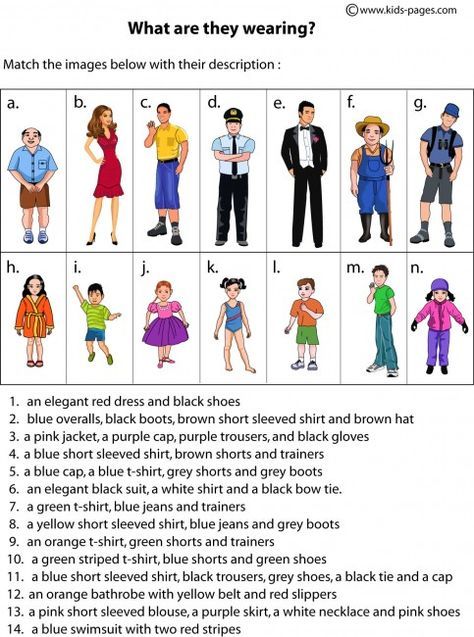 nine0373
nine0373 - Drama games. Drama games contribute to the self-determination of their participants in certain situations and the improvement of the value-semantic choice. The motivational sphere, the system of life values, the readiness to make elections, the ability to set goals, the skill of planning are developing. The features of reflection and self-reflection are formed.
- Design games. Project games have an impact on the development and comprehension by a person of instrumental tasks that are associated with the construction of activities, the achievement of specific results and the systematization of a system of business relationships with others. There is a development of skills in setting goals, planning and the ability to adapt actions to specific conditions. Self-regulation skills are formed, personal criticality and the ability to correlate their actions with the actions of other people develop. nine0373
The above types of psychological games can be used both as independent games and used in conjunction with others.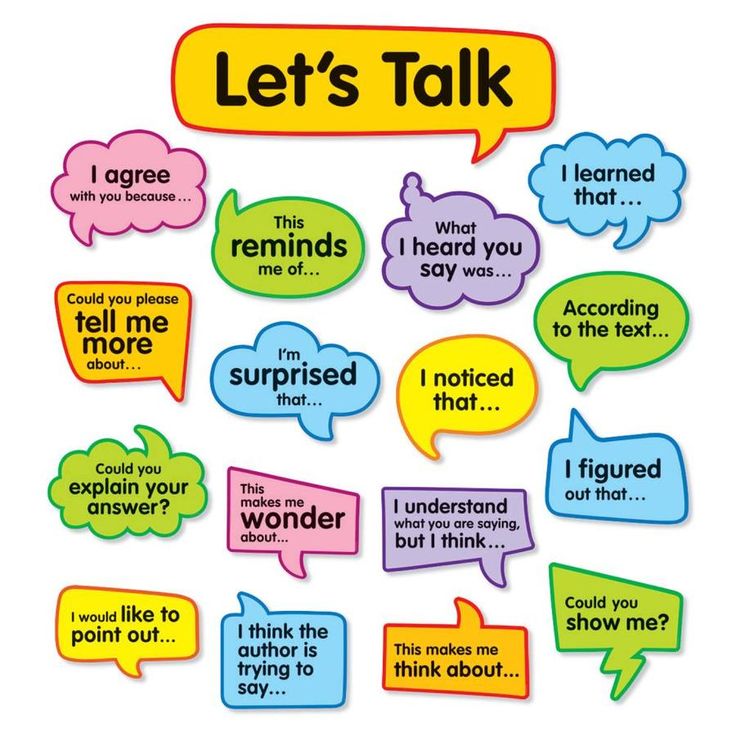 The descriptions we have given are the most general and give only a superficial idea of psychological games.
The descriptions we have given are the most general and give only a superficial idea of psychological games.
Now we move on to the most interesting block - the games themselves. Next, we will consider some of the most popular and effective games, and their benefits in the development and life of a person.
The most popular and effective games and their benefits
1
Karpman-Bern Triangle
The Karpman-Bern Triangle is, to be precise, not even quite a game. More precisely the game, but unconscious. A game that people play without having the slightest idea that they have become participants in it. But, due to the fact that this phenomenon exists, it is necessary to mention it.
This triangle is a simplified model of psychological manipulations that take place in almost all areas of human life: family, friendship, love, work, business, etc. This relationship of roles that arise in the process of human relations was described by the American psychotherapist Stephen Karpman, who continues the ideas of his teacher, the American psychologist Eric Berne.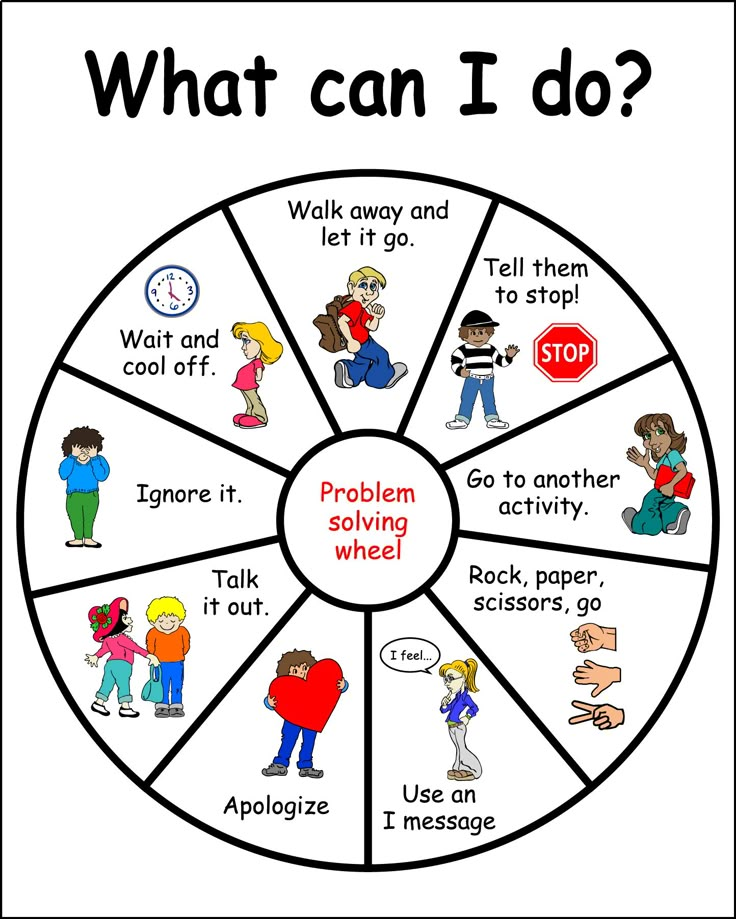 This relationship, provided that it develops according to the “scheme” of this triangle, is destructive in itself and affects the people participating in this triangle exclusively negatively. nine0004
This relationship, provided that it develops according to the “scheme” of this triangle, is destructive in itself and affects the people participating in this triangle exclusively negatively. nine0004
it is a triangle, it has three sides: a person who acts as a victim (“Victim”), a person who exerts pressure (“Aggressor”) and a person who intervenes in the situation and wants to help (“Savior”).
Usually it turns out like this: a problem or a difficult life situation arises between two people. Thus, the "Aggressor" and "Victim" appear. The "victim", looking for a solution to the problem, turns to a third party - a person who becomes the "Savior". The “Savior”, by virtue of his kindness, knowledge, or any other reasons, decides to help and advises something. The "victim" follows the advice and behaves according to the advice of the "Saviour". nine0004
As a result, advice only leads to a worsening of the situation, and the “Savior” turns out to be extreme - he becomes the “Victim”, the “Victim” becomes the “Aggressor”, etc.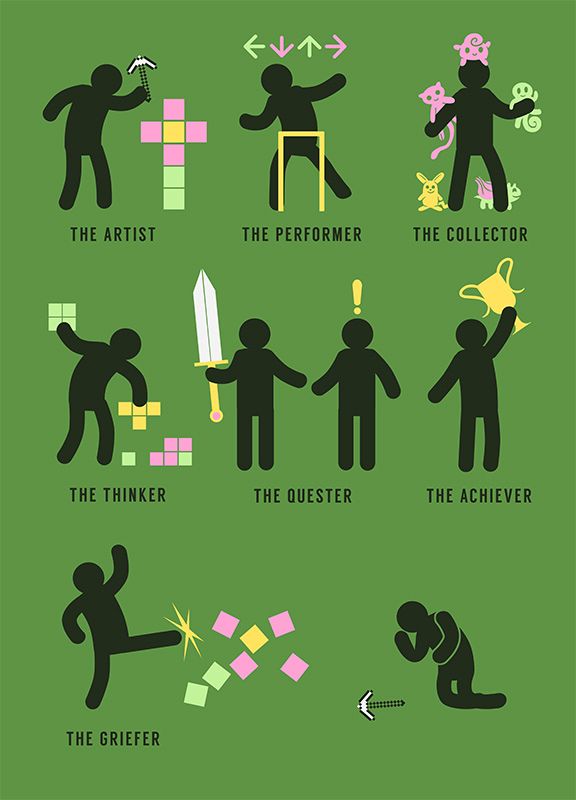 From time to time, each of us plays the role of one of the sides of the Karpman-Bern triangle. The triangle itself often becomes the cause of great quarrels, troubles, troubles, etc.
From time to time, each of us plays the role of one of the sides of the Karpman-Bern triangle. The triangle itself often becomes the cause of great quarrels, troubles, troubles, etc.
To learn more about the Karpman-Bern triangle, learn its features and see illustrative examples that correlate with our daily life, you can look at Wikipedia. nine0004
Now we are going directly to games that have a very serious psychological aspect. These games are deliberately organized by people both with the aim of winning / winning, and with the aim of exerting a certain influence on the personality of a person. Organization and participation in these games give a person the opportunity to delve deeper into the essence of his relationship with himself and the people around him. The first game that we should consider as a psychological game is the game "Mafia"
2
"Mafia"
Mafia is a word-based role-playing game created in 1986 by Dmitry Davydov, a student at Moscow State University. It is recommended to play it for people over 13 years old. The optimal number of players: from 8 to 16. In the process, the struggle of a smaller organized group with a larger unorganized one is modeled. According to the story, the inhabitants of the city, tired of the activities of the mafia, decide to imprison all representatives of the criminal world. In response to this, the bandits declare war on the townspeople.
It is recommended to play it for people over 13 years old. The optimal number of players: from 8 to 16. In the process, the struggle of a smaller organized group with a larger unorganized one is modeled. According to the story, the inhabitants of the city, tired of the activities of the mafia, decide to imprison all representatives of the criminal world. In response to this, the bandits declare war on the townspeople.
At the beginning, the host gives the participants one card each, which determines their belonging to the mafia or the townspeople. The game is played day and night. At night, the mafia is active, during the day - the townspeople. In the process of alternating the time of day, the mafiosi and the inhabitants of the city each conduct their own activities, during which there are fewer and fewer players in each team. Information about events guides all further actions of the participants. nine0004
The game is considered over when one of the teams completely wins, i.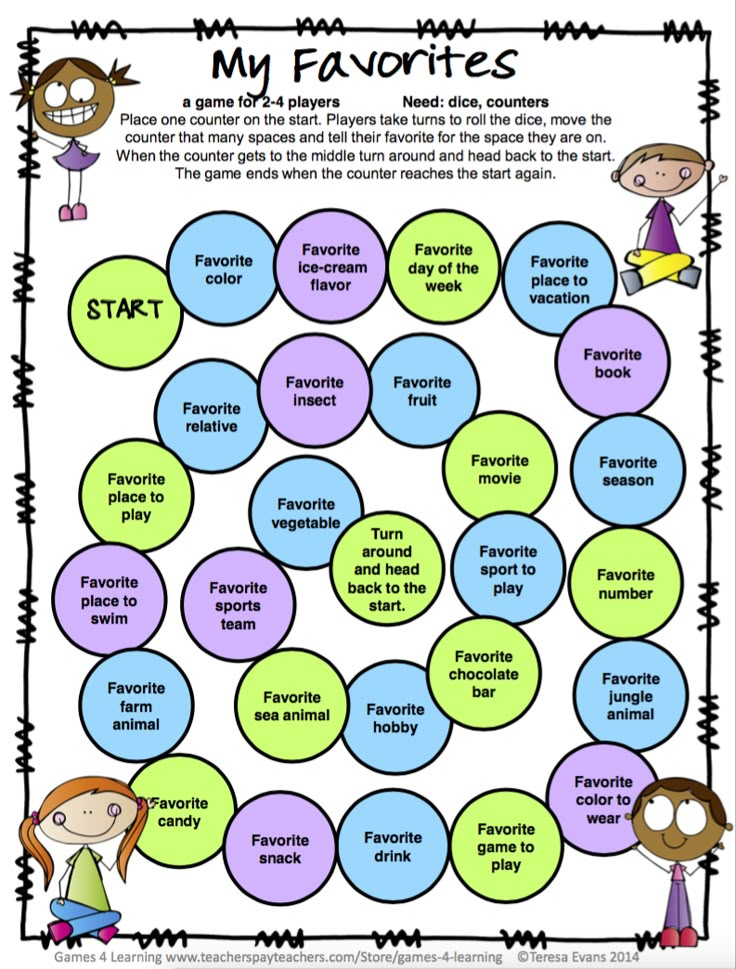 e. when either all the townspeople are “killed”, or all the bandits are “planted”. If there are very few players, then the game turns out to be too short, but if there are more players than necessary, there is turmoil and confusion, and the game loses its meaning.
e. when either all the townspeople are “killed”, or all the bandits are “planted”. If there are very few players, then the game turns out to be too short, but if there are more players than necessary, there is turmoil and confusion, and the game loses its meaning.
The game "Mafia" is primarily based on communication: discussions, disputes, establishing contacts, etc., which brings it as close as possible to real life. After all, the game uses and manifests all the features and properties of the human personality. The psychological aspect of the game is such that in order to successfully interact with others, a person must try to apply and develop his acting abilities, the gift of persuasion, leadership, deduction. nine0004
"Mafia" perfectly develops analytical thinking, intuition, logic, memory, ingenuity, theatricality, social influence, team interaction and many other qualities important in life. The main psychologism of this game is which team will win after all. After all, one team is mafiosi who know each other, but in no case are determined to play at a loss to themselves and, moreover, have the opportunity to eliminate the townspeople.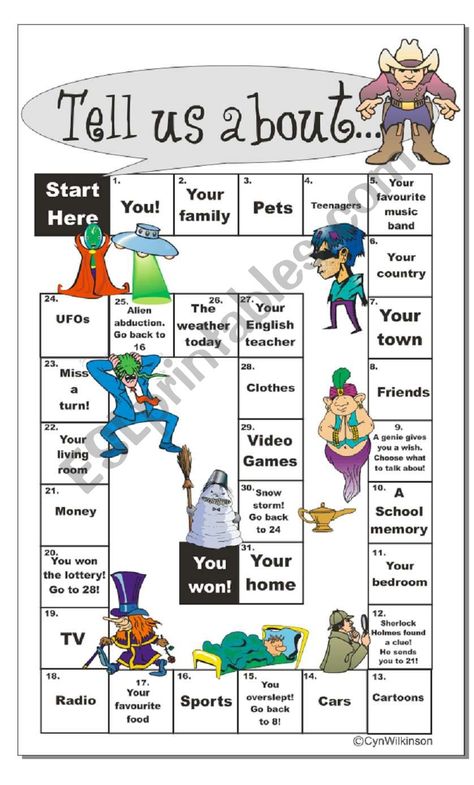
And the second team is civilians, unfamiliar with each other, who can act most effectively only by interacting with the mafia. "Mafia" is fraught with great potential and brings great pleasure in intellectual and aesthetic terms. nine0004
Details of the Mafia game, its rules, strategic and tactical features and many other detailed and interesting information related to it, you will find on Wikipedia.
3
Poker
Poker is a world famous card game. Its goal is to win bets by collecting the most profitable combination of four or five cards for this, or by making all participants stop participating. All cards in the game are either completely or partially covered. Features of the rules may be different - it depends on the type of poker. But for all types, the presence of trade and game combinations is common. nine0004
Poker uses decks of 32, 36 or 54 cards. The optimal number of players: from 2 to 10 at one table. The highest card is an ace, then a king, a queen, and so on.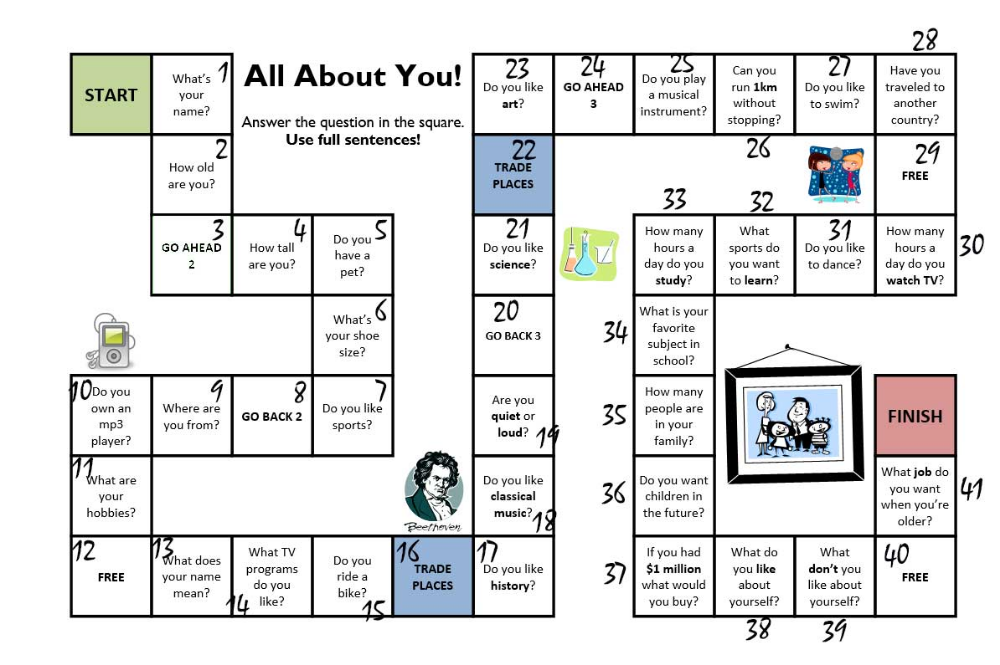 Sometimes the lowest card can be an ace - depending on the card combination. Different types of poker consist of a different number of streets - rounds of betting. Each street starts with a new hand. Once the cards have been dealt, any player may bet or leave the game. The winner is the one whose combination of five cards will be the best, or the one who can force out other players and remain alone until the moment when the cards are revealed. nine0004
Sometimes the lowest card can be an ace - depending on the card combination. Different types of poker consist of a different number of streets - rounds of betting. Each street starts with a new hand. Once the cards have been dealt, any player may bet or leave the game. The winner is the one whose combination of five cards will be the best, or the one who can force out other players and remain alone until the moment when the cards are revealed. nine0004
The psychological aspect of poker is very important. plays an important role in the tactics and strategy of the game. The moves made by the players are based, to a large extent, on their skills, habits and perceptions. Thus, the styles of the players are based on a certain psychological basis and are a reflection of the desires and fears of people, the understanding of which gives some players an advantage over others. Also, the style of the player is an excellent display of his character traits.
After all, any personal characteristic, as you know, affects a person's behavior and, consequently, his behavior in the game and the decisions that he makes in certain conditions of the game.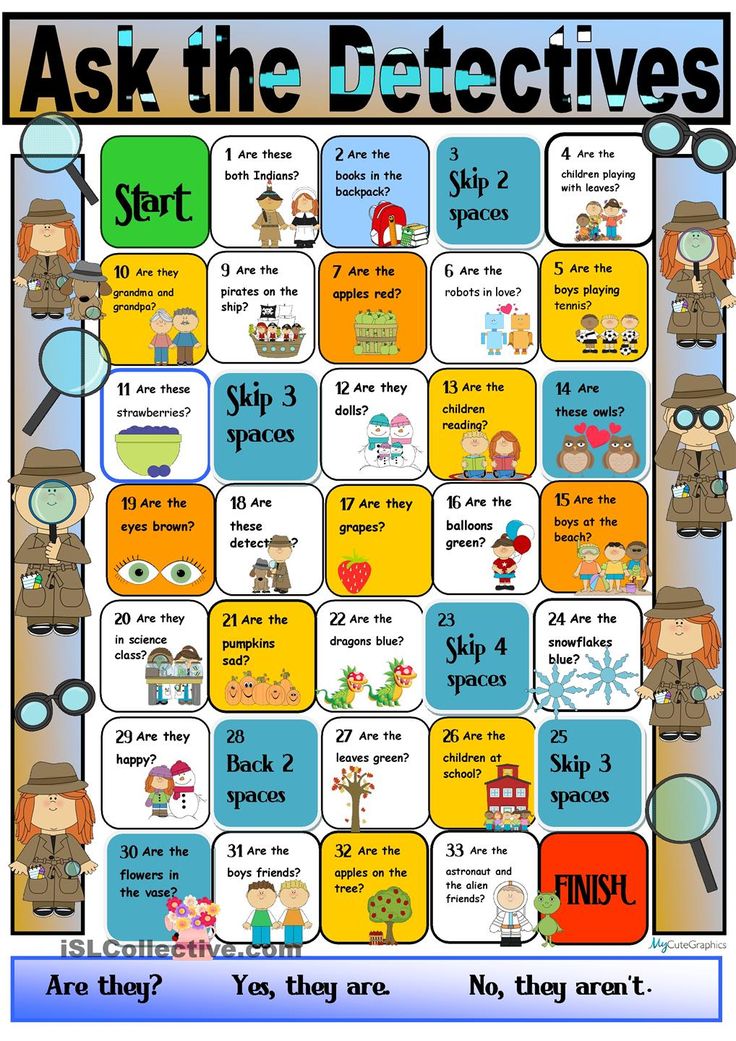 Of course, poker is a gambling game that is played for money. And without having gaming skills, a person runs the risk of being in an unenviable situation. But if you play poker without stakes for the sake of training, for example, with friends, then it will be an excellent way to develop and hone such qualities as intuition, logical thinking, the ability to “read” people and disguise your intentions, psychological stability, endurance, cunning, attentiveness , memory and many others. nine0004
Of course, poker is a gambling game that is played for money. And without having gaming skills, a person runs the risk of being in an unenviable situation. But if you play poker without stakes for the sake of training, for example, with friends, then it will be an excellent way to develop and hone such qualities as intuition, logical thinking, the ability to “read” people and disguise your intentions, psychological stability, endurance, cunning, attentiveness , memory and many others. nine0004
It should be noted that the game of poker, among other things, develops self-control, tactical and strategic thinking, as well as the ability to recognize the motives of other people. And these qualities so often turn out to be necessary for us in our daily life.
Details of the game "Poker", rules, strategies and other interesting details can be found in Wikipedia.
4
Dixit
Dixit is an associative board game. Consists of 84 illustrated cards. It can be played by 3 to 6 people.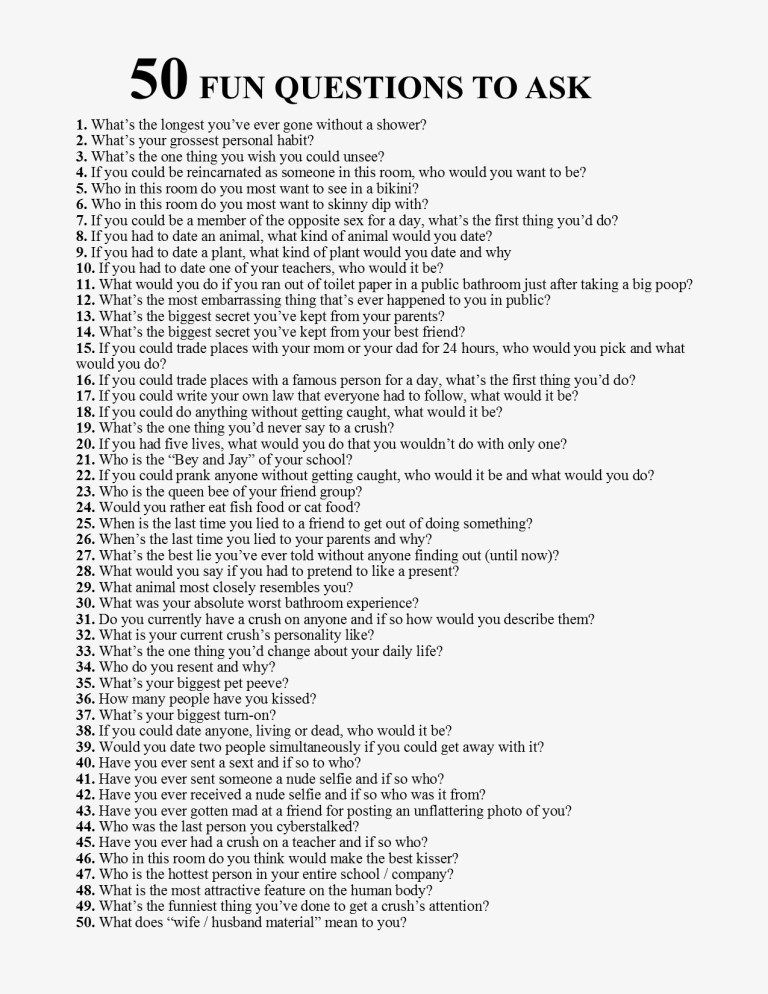 At the beginning, each player receives 6 cards. Everyone takes turns. One of the participants in the game is declared the Storyteller. He takes one card and puts it in front of him so that the picture is not visible. Then he must describe it with a word, phrase, sound, facial expression or gesture that he associates with the picture. nine0004
At the beginning, each player receives 6 cards. Everyone takes turns. One of the participants in the game is declared the Storyteller. He takes one card and puts it in front of him so that the picture is not visible. Then he must describe it with a word, phrase, sound, facial expression or gesture that he associates with the picture. nine0004
Others do not see the card, but among their cards they look for the most suitable one for the Storyteller's description, and they also put it face down on the table. After that, all these cards are shuffled and laid out in a row, and the players, using tokens with numbers, must guess the card that the Storyteller originally described. Next, the players reveal all the cards, count the points. The player who guessed the card moves his chip forward. When all the cards run out, the game will be over. The one with the most points wins. nine0004
The game "Dixit" has a number of features, one of which is that associations should not be too simple, not too complex, because then the card will be very easy or very difficult to guess.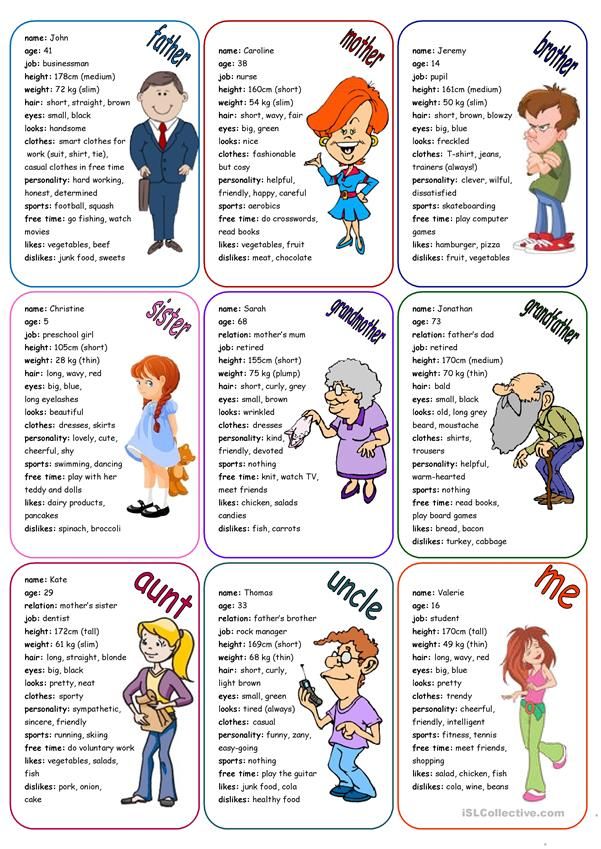 The game itself is an excellent tool for the development of analytical and associative thinking, intuition, fantasy, intelligence and other qualities.
The game itself is an excellent tool for the development of analytical and associative thinking, intuition, fantasy, intelligence and other qualities.
During the game, participants learn to feel other people, understand them without words and explain them in the same way. We can say that, among other things, the skills of effective non-verbal communication are formed. The game is very interesting and always takes place in a positive friendly atmosphere. nine0004
You can learn more about the Dixit game and some of its features on Wikipedia.
5
"Imaginarium"
"Imaginarium" - an analogue of the game "Dixit". It also needs to select associations for pictures of different semantic load. The rules of the game are the same as in Dixit: one player (the Storyteller) chooses a card and describes it using associations. The rest of the players choose one of the most suitable card from among their own, and put it face down on the table. After that, all the cards are shuffled and the players begin to guess them one by one.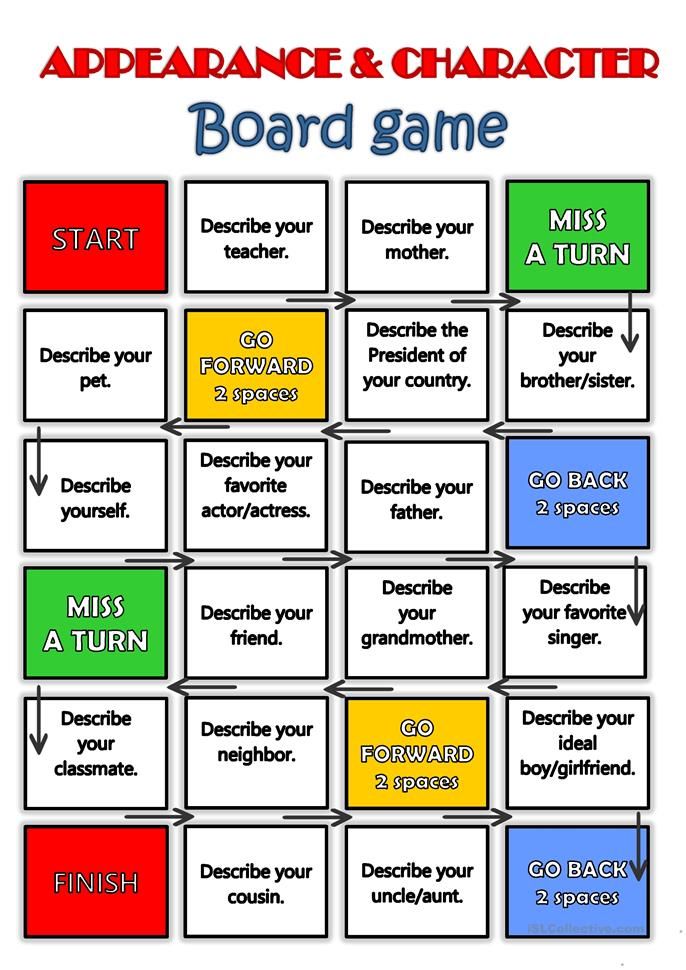 nine0004
nine0004
The game "Imaginarium" is in no way inferior to its prototype and has an exceptionally beneficial effect on the development of many qualities of the human personality, namely: it develops intellect, analytical thinking, intuition, imagination, and fantasy. The game activates creative abilities, the ability to intuitively understand others, in every possible way helps to improve communication skills and increase the effectiveness of communication.
A more detailed description of the Imaginarium game can be found on the Mosigra website. nine0004
6
"Activity"
"Activity" is a collective associative game in which you need to explain the words written on the cards. In total there are 440 cards in the game with six tasks on each. The standard set is designed for people from 12 years old. But there are options "For children" and "For kids". The minimum number of players is two. The maximum is practically unlimited.
You can explain words with the help of facial expressions, pictures or synonymous words.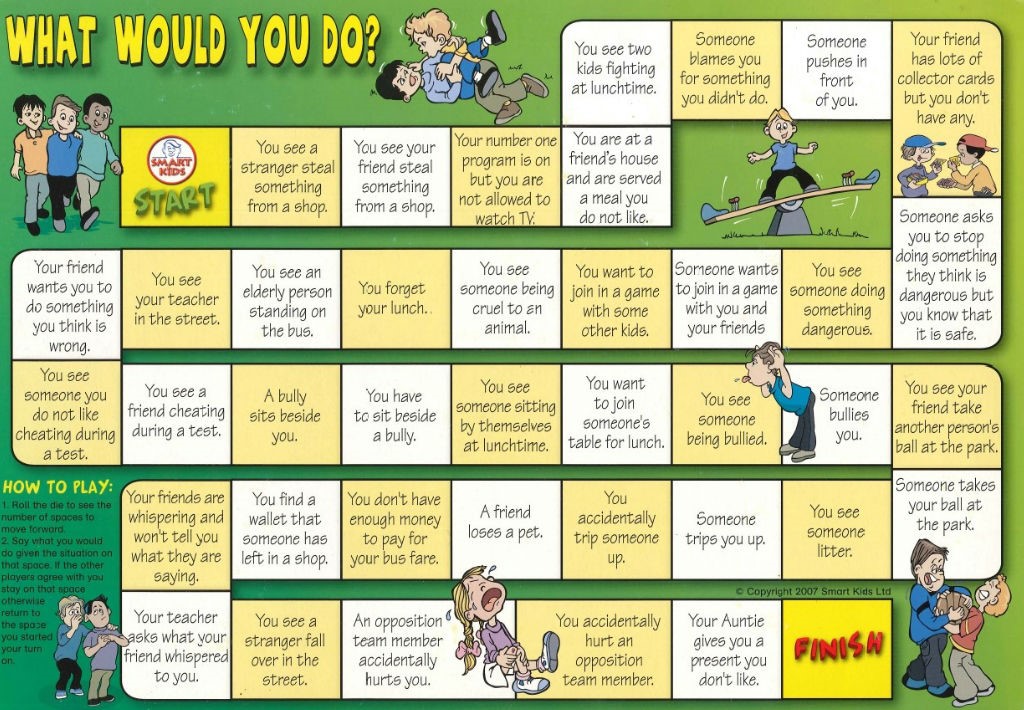 To explain what is hidden, you have only one minute. Some tasks are individual and some are general. Players must move pieces around the game map. The team that reaches the finish line first wins. In the process, you can also choose more complex or easier tasks. For a more difficult task, more points are given. nine0004
To explain what is hidden, you have only one minute. Some tasks are individual and some are general. Players must move pieces around the game map. The team that reaches the finish line first wins. In the process, you can also choose more complex or easier tasks. For a more difficult task, more points are given. nine0004
The game "Activity" is perfect for relaxing and having fun and perfectly cheers up. "Activity" develops strategic thinking, ingenuity, imagination, teamwork, intuition, analytical skills. The game contributes to the disclosure of potential and gives each person the opportunity to express themselves from completely different sides. And the many tactical possibilities and behaviors further contribute to this. Both children and adults will get a lot of pleasure and positive emotions from this game. nine0004
You can read a more detailed description of the game "Activity" on the Mosigra website.
7
Monopoly
Monopoly is one of the most famous educational board games in the world.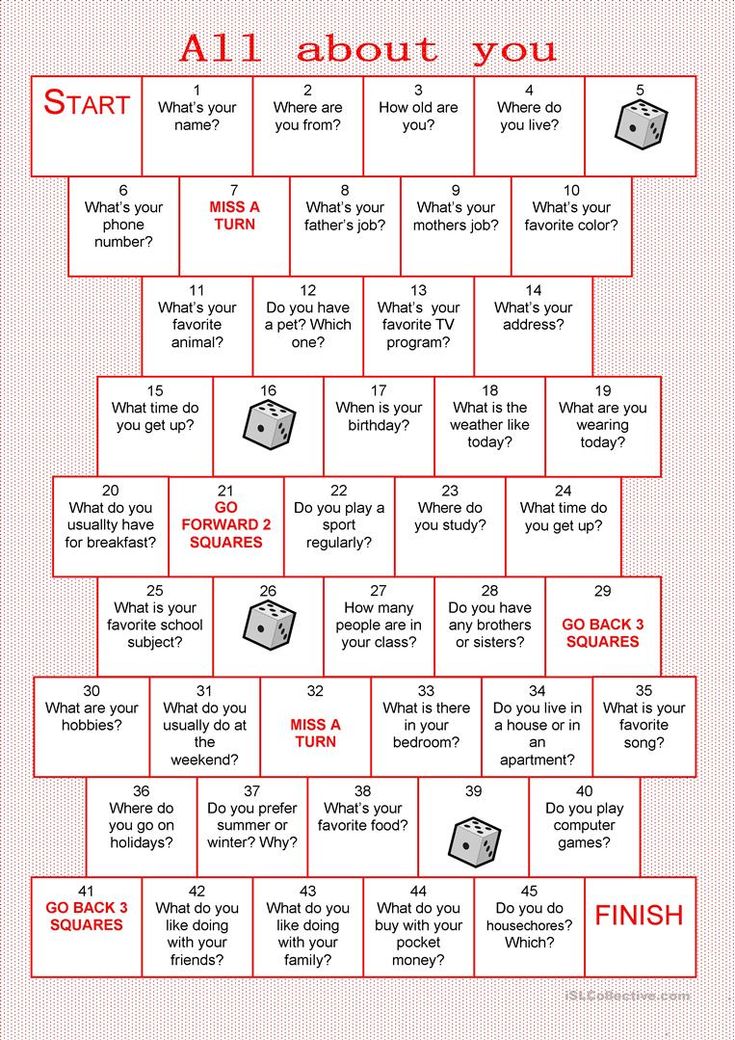 Genre of the game: economic strategy. Minimum number of players: two. The essence of the game is to achieve economic stability for yourself and bankruptcy for other players, using start-up capital. The initial amount for each player is the same. Players take turns making moves on the playing field by throwing a die. The one who earns the most money wins. The game ends when someone is completely broke or when the ATM stops dispensing banknotes and luck cards. nine0004
Genre of the game: economic strategy. Minimum number of players: two. The essence of the game is to achieve economic stability for yourself and bankruptcy for other players, using start-up capital. The initial amount for each player is the same. Players take turns making moves on the playing field by throwing a die. The one who earns the most money wins. The game ends when someone is completely broke or when the ATM stops dispensing banknotes and luck cards. nine0004
The game "Monopoly" for many years will retain its popularity among a huge number of people. Firstly, it perfectly cheers up and gives a lot of positive emotions. Secondly, the game forms a culture of communication, thanks to the close interaction of participants with each other. Thirdly, during the game, the makings of entrepreneurship and financial literacy develop, mathematical knowledge, logical and strategic thinking, and a sense of tactics are improved.
It is also important that the Monopoly game trains memory, develops attention, and also reveals leadership inclinations, independence, responsibility and the desire of a person to be the master of his own life.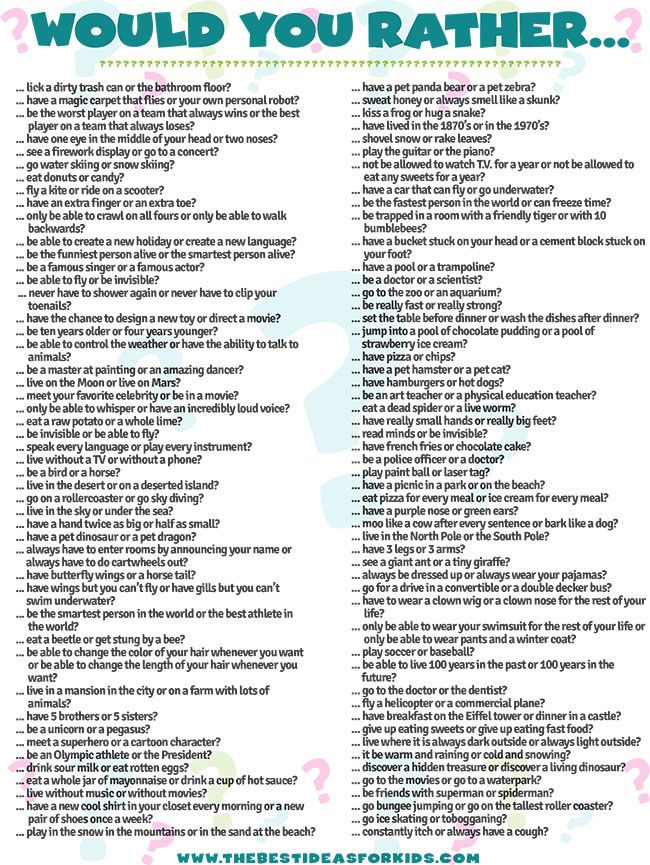 In addition to this, such qualities as the ability to wait, patience, perseverance, calmness are developed.
In addition to this, such qualities as the ability to wait, patience, perseverance, calmness are developed.
Find out more information about the Monopoly game on Wikipedia.
Other games
The games we have briefly mentioned are by no means the only ones of their kind, but they can be safely called worthy examples of some of the best psychological games. The direction and form of psychological games can be completely different. The main thing is to find the most interesting game for yourself and just start playing it. Better yet, try all the games. This, at the same time, will have a positive impact on many of your personal characteristics, and will help you decide which type of game suits you personally. nine0004
As an add-on, there are a few more games that you can master. This is a wonderful game "Telepathy", the main focus of which is self-knowledge, awareness of oneself and the development of one's hidden abilities. To develop the ability to listen and mindfulness, there is a wonderful game called "Lost Narrator".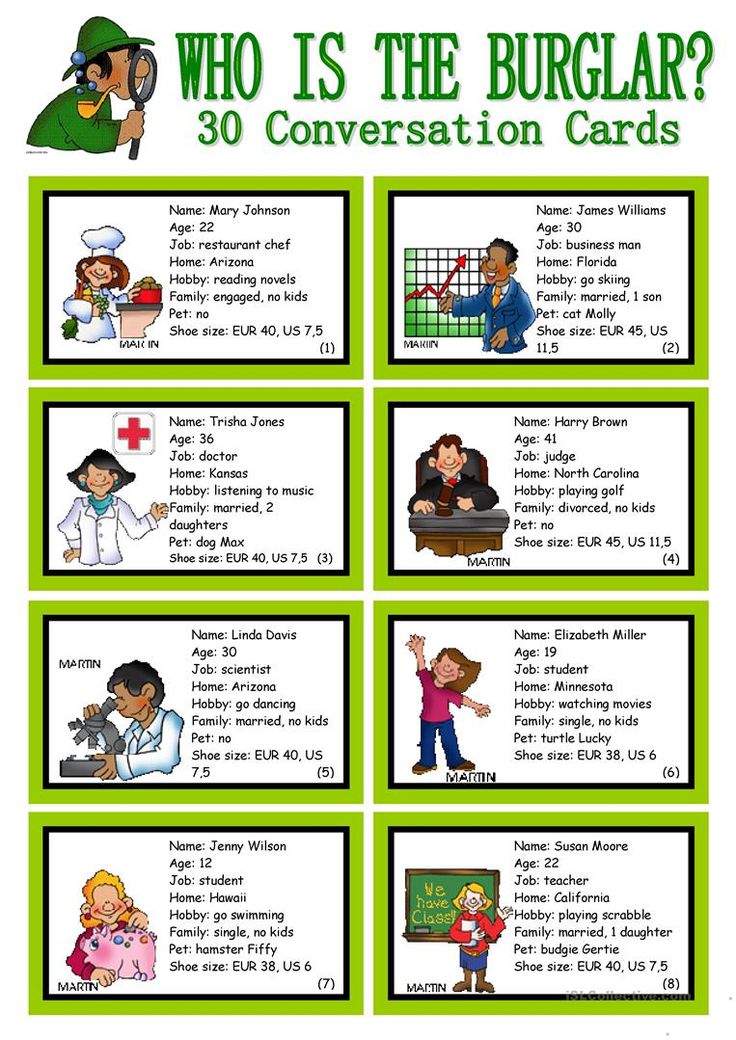 By the way, it also affects interpersonal relationships. A good game of trust and mutual understanding is “Coin”.
By the way, it also affects interpersonal relationships. A good game of trust and mutual understanding is “Coin”.
It also involves close interaction between the participants, which allows them to study each other's psychological characteristics more deeply. The category of such games can also include the games "Homeostat", "Docking", "Line", "Choice" and others. You can easily find information about these and many other interesting psychological games on the Internet. By the way, about the Internet: today a large number of very interesting computer and online games have been developed that have a pronounced psychological focus. nine0004
You can find these games in computer stores or download them from the Internet. Good games installed on your home computer will always contribute to a more relaxed and friendly atmosphere in your home. You can always take a break from everyday affairs by playing, for example, online monopoly. And it will be interesting and fun for your children to watch how you play and participate in the process themselves.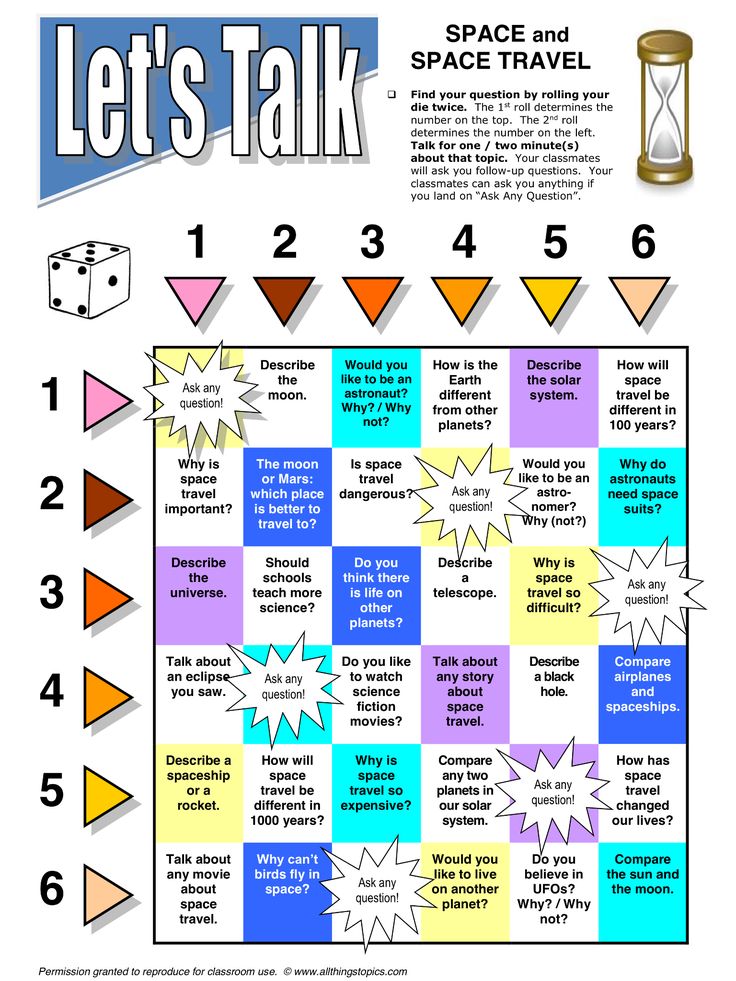 Naturally, there are educational online games for children, which are a pleasure to play. Look on the Internet for something suitable, and you will definitely find a worthwhile option for yourself and your loved ones. nine0004
Naturally, there are educational online games for children, which are a pleasure to play. Look on the Internet for something suitable, and you will definitely find a worthwhile option for yourself and your loved ones. nine0004
Games as a way of effective psychological influence, as mentioned earlier, have found application in various spheres of human activity. A person begins to play from a very young age - at home with his parents, in kindergarten with other children. Then we are faced with different games in the junior and senior grades of school, institute, university.
In adulthood, we are also surrounded by games, but these are already games for adults. With the help of such games, people striving for success and self-improvement develop their strengths and work on their weaknesses. And this actually makes them stronger and more developed personalities, increases their efficiency and effectiveness, makes interaction with the outside world and themselves deeper and more harmonious.